MLS's footprint in Brazil provides an option amid domestic league woes

In recent years, couch potato soccer fans in Brazil have grown used to dividing their time between watching local clashes such as Corinthians vs. São Paulo or Atlético Mineiro vs. Cruzeiro and tuning into the great and the good of the big European Leagues, be it El Clásico, Bayern vs. Dortmund, or Manchester City vs Manchester United. Now, following the news that MLS has signed a four-year TV deal with one of Brazil’s biggest sports channels, SporTV, they are just as likely to settle down to watch Columbus Crew vs. Vancouver Whitecaps or Sporting Kansas City vs. Real Salt Lake as they are Flamengo vs. Fluminense or Juventus vs. Roma.
MLS says that the deal with SporTV, part of the Globosat network (Brazil’s biggest cable TV company), is part of the league’s continued international expansion.
"This new agreement with Globosat is further illustration of the growing demand for Major League Soccer in the global media rights marketplace…(we) are confident that together we will create even greater awareness for the sport, our clubs and our stars,” said Gary Stevenson, President and Managing Director of MLS Business Ventures.
While selected MLS games are also broadcast in Brazil by ESPN, the SporTV deal promises to take coverage of the league to a new level by showing two regular season games a week, the All-Star Game, playoff matches and more.
MLS Power Rankings Week 5: 'Caps overcome LA; Porter-Pareja fracas
The deal also says something about the state of the game in Brazil, the traditional (and self-titled) país do futebol (“country of soccer”), winner of five World Cups and home to greats such as Garrincha, Pelé, Tostão, Ronaldinho and today’s boy who would be king, Neymar, as well as giant clubs such as Flamengo and Corinthians–and about what Brazilian fans think of the USA when it comes to the sport they have made their own.
Perhaps due to distance, the sheer size of the country, or its own rich domestic heritage, Brazil took a long time to open its soccer borders to the rest of the world.
“We didn’t have much perspective…it was just (local state championship) the Campeonato Mineiro and the (national league) Campeonato Brasileiro and playing for Brazil” said Atlético Mineiro’s all-time leading scorer and former Brazil international Reinaldo in an interview with The Blizzard magazine. “There was no talk of going to Europe. The World Cup was our only chance to see how other countries played. When we saw Holland play in 1974, we were amazed. We didn’t know anything about football outside Brazil.”
TV coverage of international soccer improved over time, but even in the early 1990s, the few foreign soccer shirts visible on the streets of Rio or São Paulo were generally limited to those of European clubs who had signed a Seleção star, such as the Barcelona of Romário or the Deportivo de La Coruna of Bebeto.
But the increasing globalization of the game has meant that Brazil’s leading players now ply their trade in European leagues, rousing interest in such competitions back home. At the same time, growing access to the internet and cable TV, itself a result of the country’s economic expansion in recent years, has given Brazilians the means to watch the likes of Lionel Messi and Cristiano Ronaldo in action every week.
La Ligaand Serie A, long the traditional first ports of call for big name Brazilians in Europe, were the first to receive regular TV and press coverage. As the number of cable TV channels expanded, matches from the marketing tsunami that is the Premier League and the Bundesliga began to be broadcast live, as well as those from smaller European leagues, such as Ligue 1 and even the Eredivisie. Soccer in countries like Portugal and Russia, where large numbers of Brazilian players were based, also became available to fans back home.
Purple Power: Orlando City proving early MLS can succeed in Florida
Now it is the turn of MLS, helped in no small part by the presence of Kaká at Orlando City and the league’s dozen or so other Brazilian players, including LA Galaxy star midfielder Juninho. Flavio Augusto da Silva’s ownership of Orlando City and Ronaldo’s stake in the NASL’s Fort Lauderdale Strikers have also stirred up considerable interest among the Brazilian media.
But other factors have helped to change opinions about U.S. soccer in Brazil. The steady improvement of the U.S. national team is one, perhaps coupled with the fact that Brazilian fans have realized that the days of their own jogo bonito, the beautiful game encapsulated by the skill and grace of the national team at the 1970 and 1982 World Cups, are long gone.
Brazilian soccer’s reduced circumstances–a World Cup trophydrought stretching back to 2002, a dearth of truly world class talent (Neymar and arguably Thiago Silva apart), the emergence of Spain’s tiki-taka and Germany’s smooth blend of power and style, not to mention the coruscating humiliation of the 7-1 defeat against said Germans in Belo Horizonte last July–mean that fans have learned to embrace a less aesthetically pleasing but more hardworking and efficient style of play, personified by current national team boss Dunga, gradually winning over the critics with eight wins from his first eight games.
There are few national teams that fit those characteristics more than the U.S. men's national team, and the country’s presence at the last seven World Cups, combined with the gritty performance of Jurgen Klinsmann’s side in Brazil last summer, has earned the U.S. a grudging, if hardly effusive, respect in Brazil. Whereas older Brazilian fans still dream of the days when the two countries were galaxies apart in soccer terms, the younger generation that watched the World Cup was more likely to say “you know, this U.S. team isn’t bad – I mean, it’s not great either, but then neither are we.” In short, Brazilians are unlikely to be as sniffy about soccer in the USA today as they might have been in the past.
If the gap between the national teams of the U.S. and Brazil is arguably narrower than ever before, then a comparison of the two domestic leagues will make even more encouraging reading for MLS executives. While the recent threat of strike action and ongoing debate over issues such as salary inequality and league structure are signs that not everything in the MLS garden is rosy, U.S. players and fans should be thankful that they are spared the chaotic state of domestic soccer in Brazil.
Brazilian clubs are mired in staggering debt, with the country’s teams owing an estimated $750 million to the government alone, not to mention mountains of private debt. The financial crisis means players at even the biggest clubs can go months without being paid–a number of senior players at Santos, the former home of Pelé and Neymar, recently left the club after rescinding their contracts due to unpaid wages. A shambolic fixture calendar can result in successful teams playing over 70 games a season, mainly because of the outdated state championships that run from February to May, where the country’s biggest clubs play games against tiny local opposition.
Fan violence remains a major concern–there have been around 275 soccer related deaths in the country since 1988. While the new World Cup arenas have brought added comfort and safety, ordinary fans claim they are being priced out by astronomical ticket prices–a recent survey found that tickets in Brazil are the second-most expensive in the world, trailing only China, when compared with local earnings.
Things are so bad that a players’ union, Bom Senso FC, has formed to protest against the state of the game.
“Soccer in Brazil is extremely disorganized at the moment. It’s difficult for me, as a Brazilian, to understand what they’re doing,” said Kaká in an interview with Brazilian TV earlier this year. “It’s part of our future in Brazil. We love soccer, we love the national team. It’s hard to see the fixture calendar and the clubs in this situation. “
South Africa, Brazil World Cup stadia largely remain national burdens
The result of all these negative factors is that average Serie Acrowds usually hover around the 15,000 mark, and stadiums often sit alarmingly empty for all but the biggest games–a factor in the current plight of a number of the World Cup arenas, which are struggling to draw crowds after the tournament. With this in mind, it was hardly surprising when respected sportswriter Paulo Vinicius Coelho wrote before last a clash between Real Madrid and Barcelona last year that fans should enjoy the game, because they are “…citizens of the world–it’s Brazilian soccer that isn’t.”
The fact that the average MLS crowd last year was a healthy 19,000 plus has been much commented on by Brazilian fans and journalists, who question why soccer attendance in the país do futebol are around 25% lower than they are in o país do beisebol, basquete e futebol americano. The remarkable 109,000 crowd at the Real Madrid vs. Manchester United friendly at Michigan Stadium last summer also made more than a few Brazilians sit up and take notice.
Alongside the presence of Brazilian players, decent sized crowds that produce a vibrant, colorful spectacle, a growing global presence and an improving, if arguably still limited, standard of play, the cultural and practical factors (not to mention the designated player financial structure) that make it easy for the MLS to attract high profile foreign players such as Frank Lampard, Thierry Henry or David Villa, add to the league’s overseas marketing potential. Brazilian clubs can only look on with envy. Even considering the financial challenges involved in such signings, it is undoubtedly easier to tempt a Henry or a Villa to New York than it would be to convince such players to move to São Paulo or Belo Horizonte.
Despite its current economic woes, Brazil has in recent years transformed itself into a nation of consumers, with millions moving out of poverty and entering the lower and middle classes. Sales of consumer durables, from smartphones to flat screen TVs, have rocketed, along with the aforementioned cable TV and internet packages. It is perhaps a shame, then, that MLS seems arguably better placed to take advantage of such new consumers than the domestic game in o país do futebol.
GALLERY: Tifos around the world
Best soccer tifos from around the world
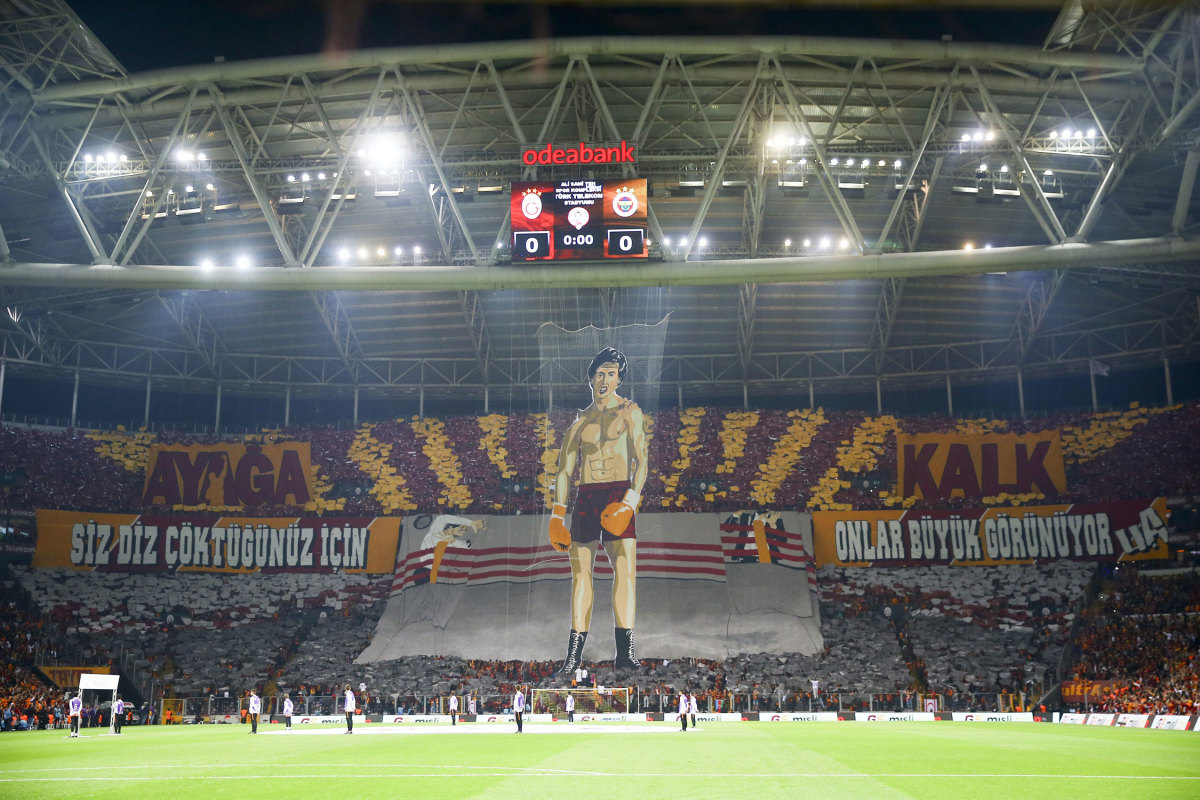
Galatasaray fans display a sensational "Rocky" tifo ahead of their clash against rival Fenerbahce. It didn't inspire a victory, though. The Turkish rivals played to a 0-0 draw.
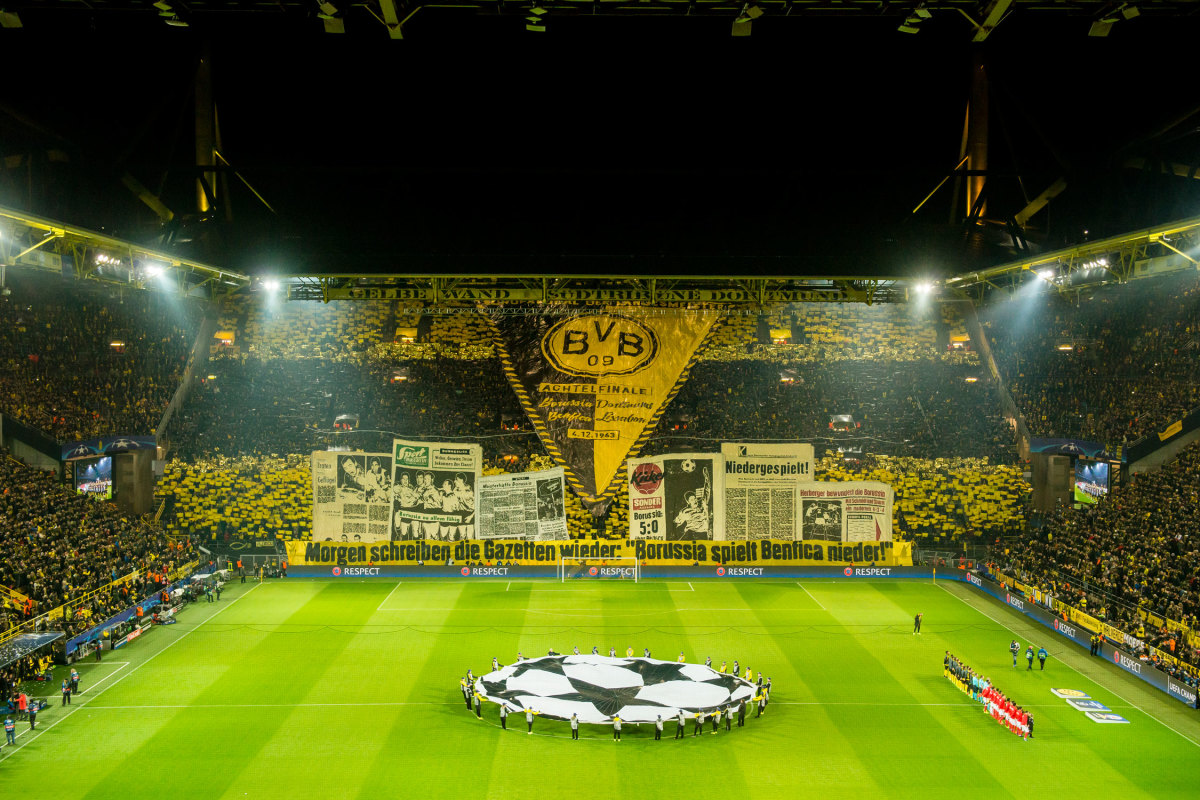
Borussia Dortmund fans channel their 1963 cup triumph over Benfica ahead of the teams' second leg in the Champions League round of 16 at Signal Iduna Park.
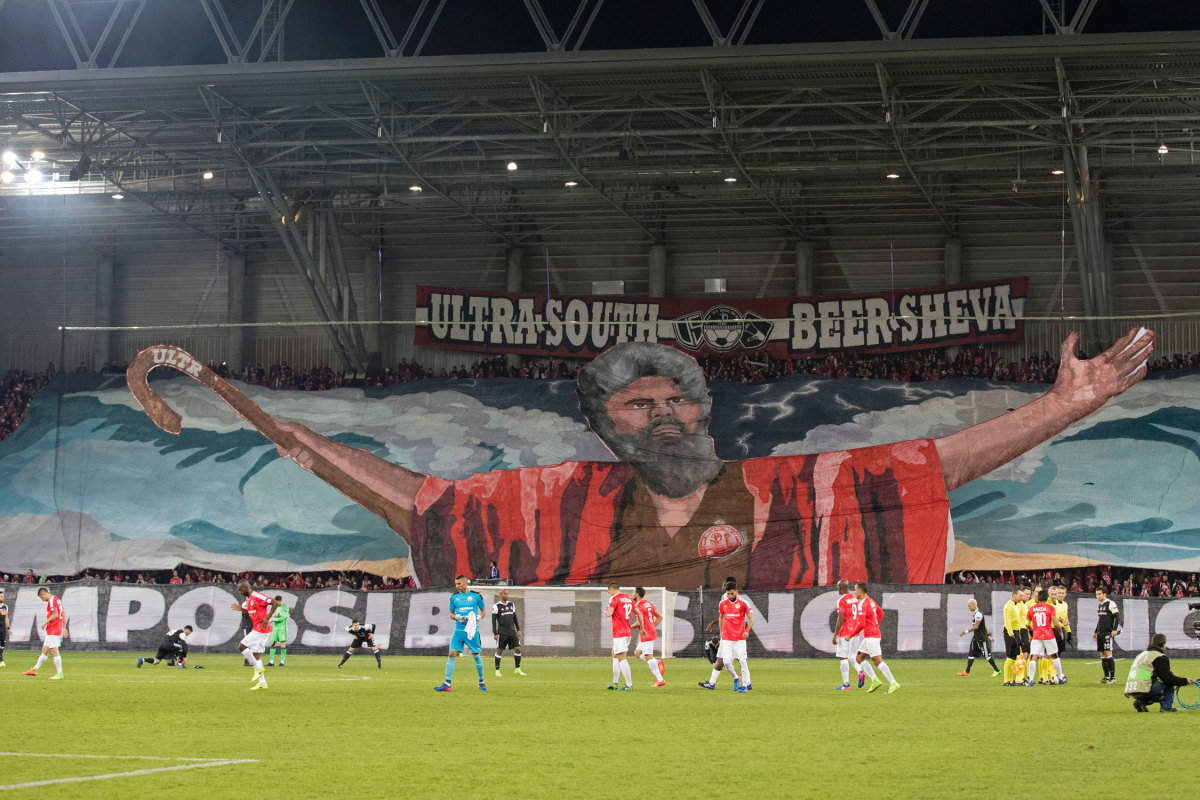
Hapoel Be'er Sheva fans turn to Moses for tifo inspiration, with his splitting the Red Sea illustrating how "impossible is nothing" in their Europa League series against Besiktas.
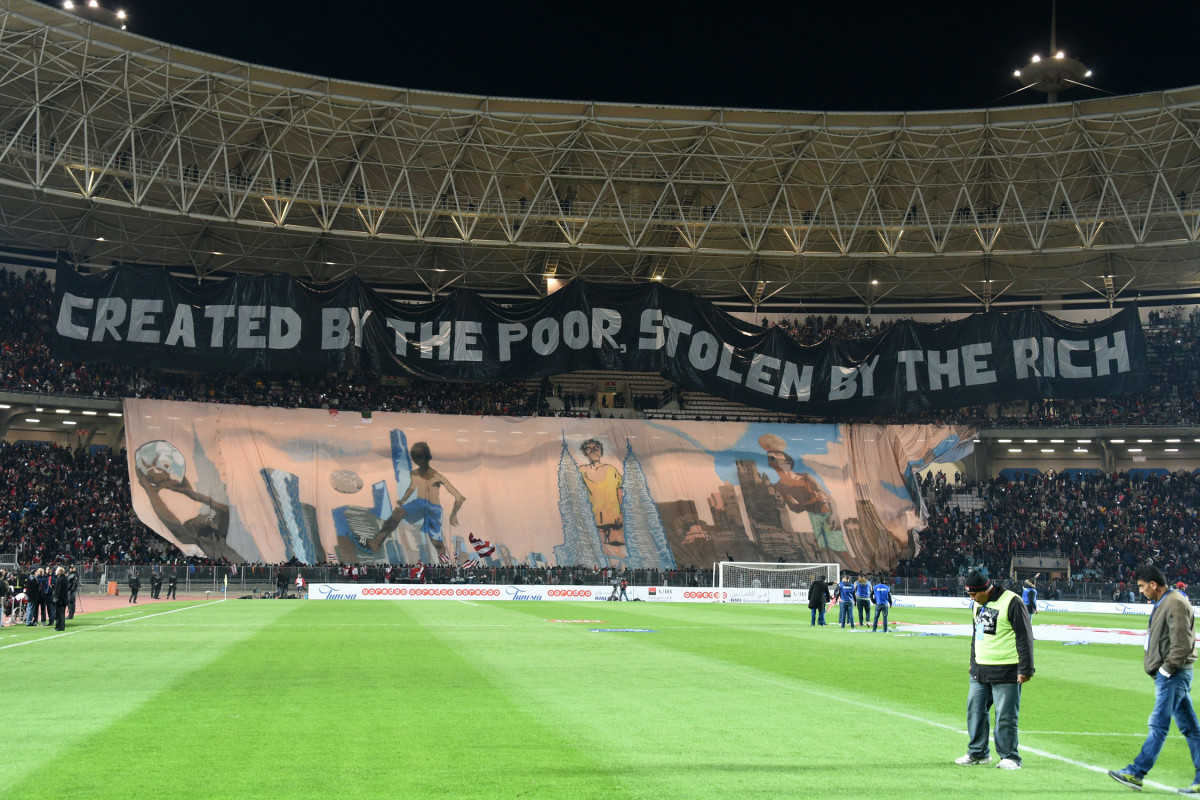
Fans of Tunisia's Club Africain display this pointed tifo at a friendly against PSG, whose Qatari owners have pumped millions and millions into the club.
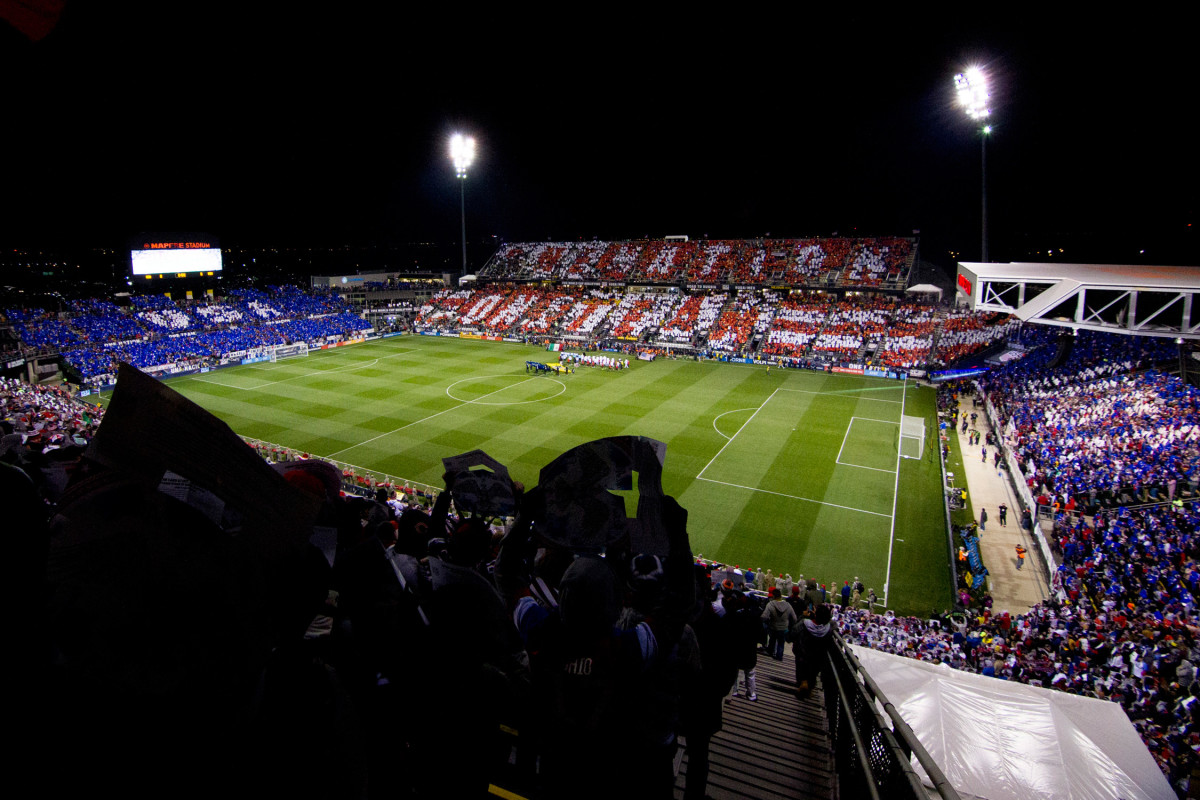
U.S. fans in Columbus, Ohio, make a "One Nation, One Team" statement ahead of the USMNT's World Cup qualifying match against Mexico on November 11, 2016.
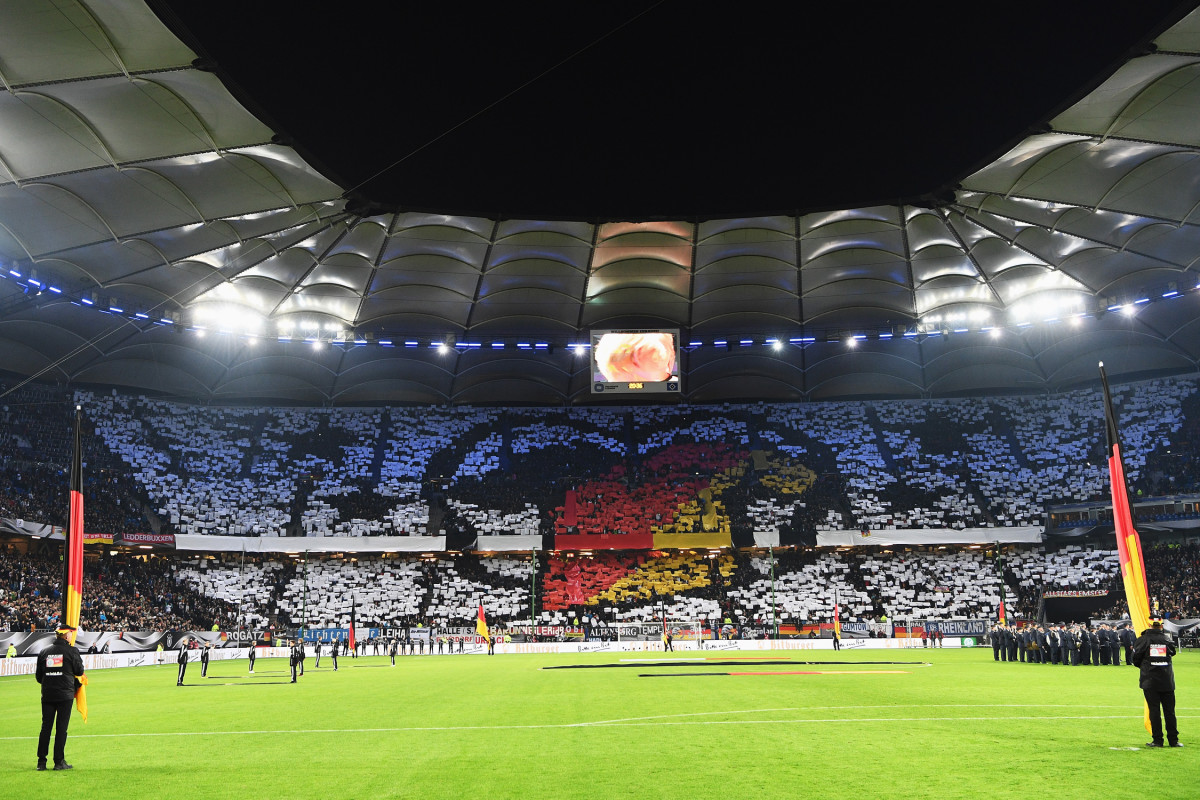
Germany fans display their heart for the team colors ahead of a World Cup qualifier against Czech Republic in October 2016.
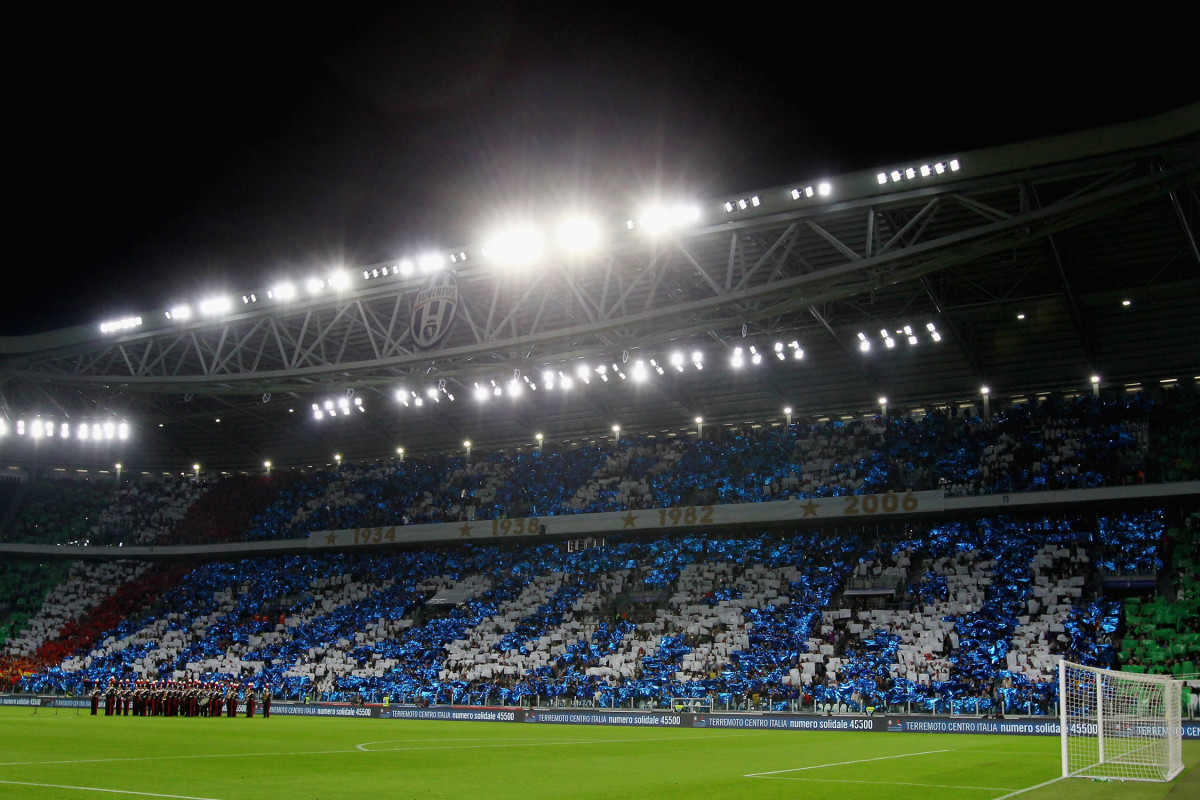
Italy fans spell out their support for the Azzurri ahead of a massive World Cup qualifier vs. Spain in October 2018.
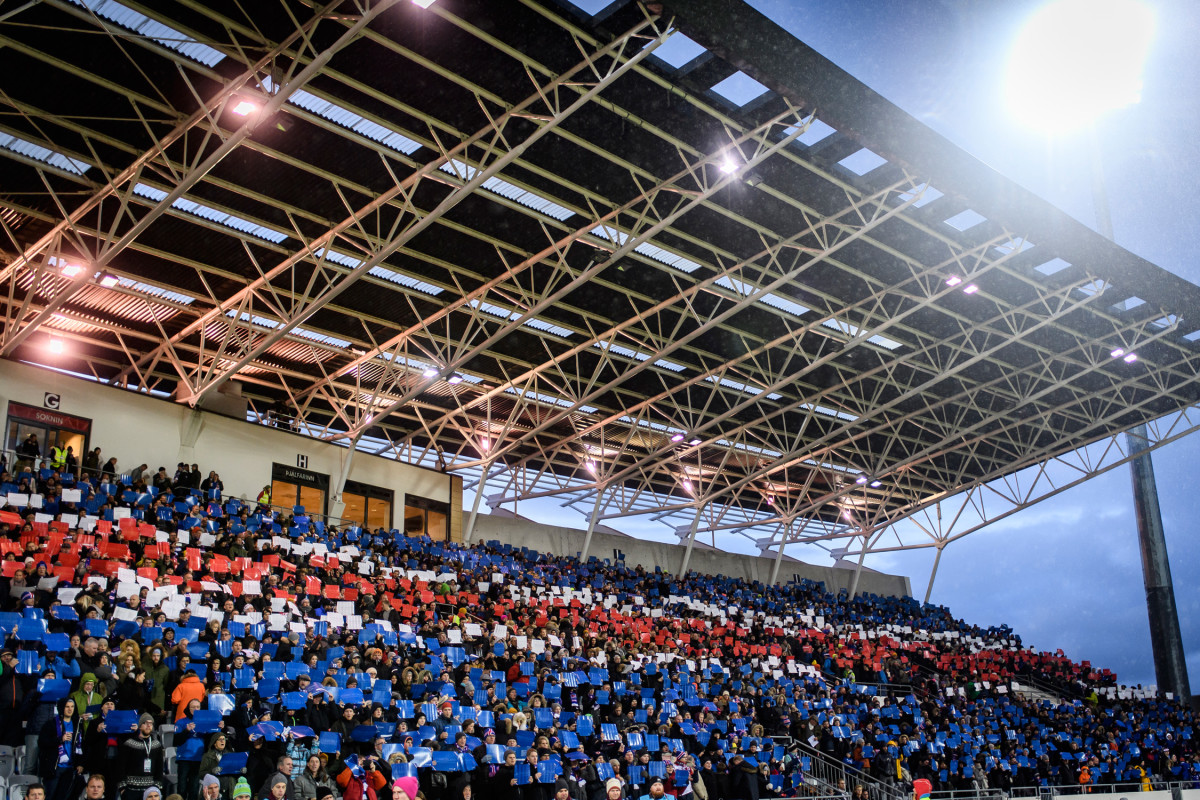
Iceland fans keep up their world-famous passion for the national team during a World Cup qualifier against Turkey in October 2016.
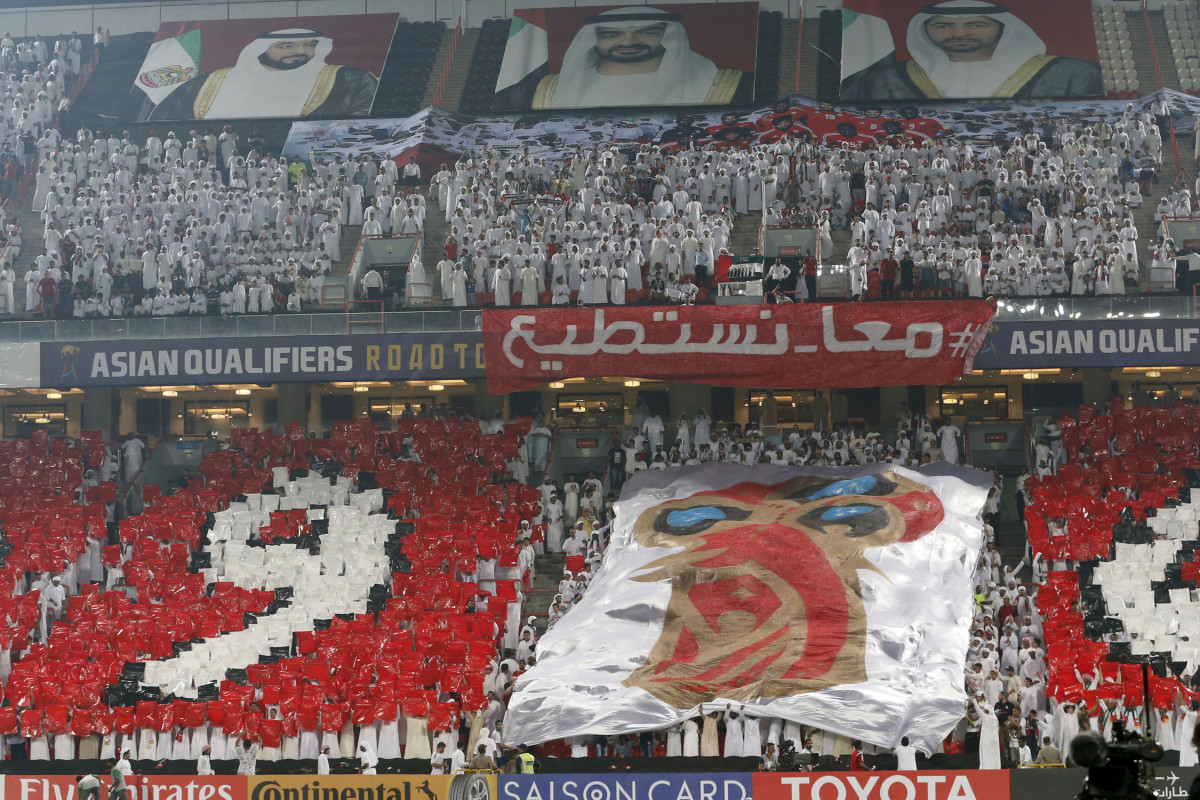
Fans in the United Arab Emirates set their sights on reaching the 2018 World Cup in Russia during a qualifying match vs. Australia in September 2016.
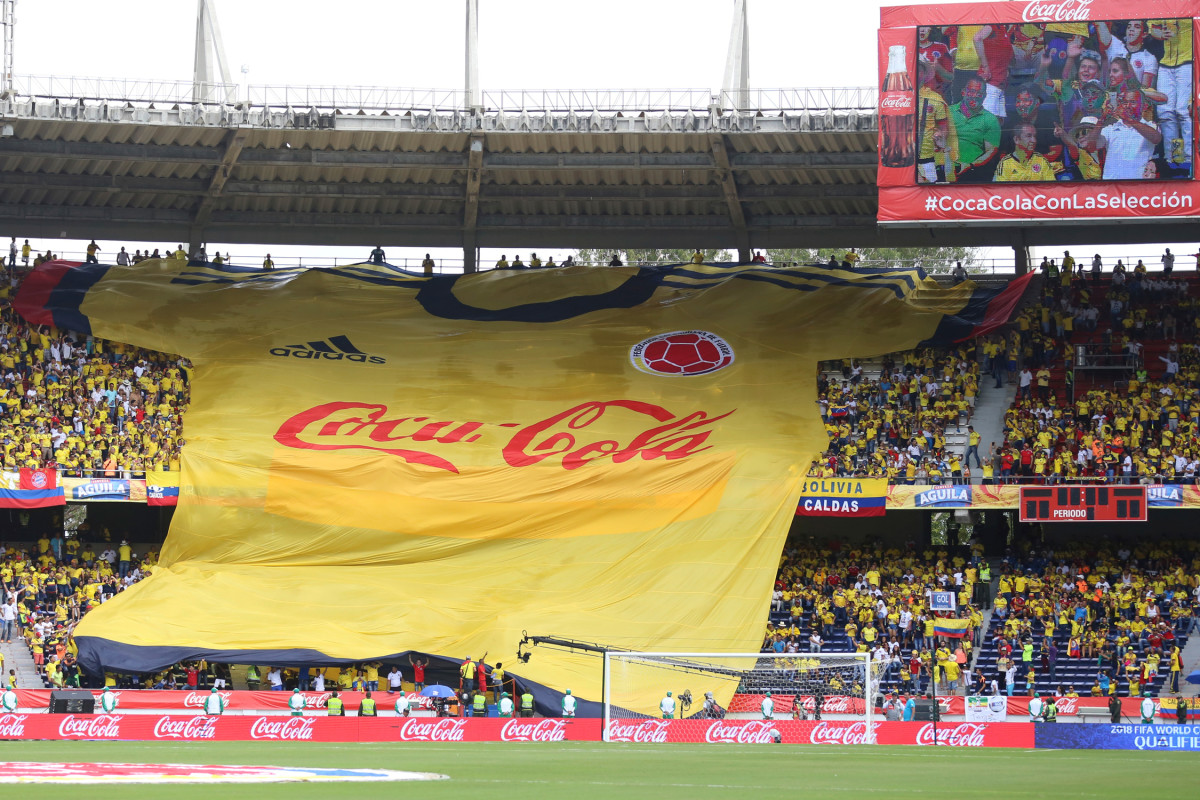
Colombia fans send a massive jersey around the stadium during a World Cup qualifier vs. Venezuela in September 2016.
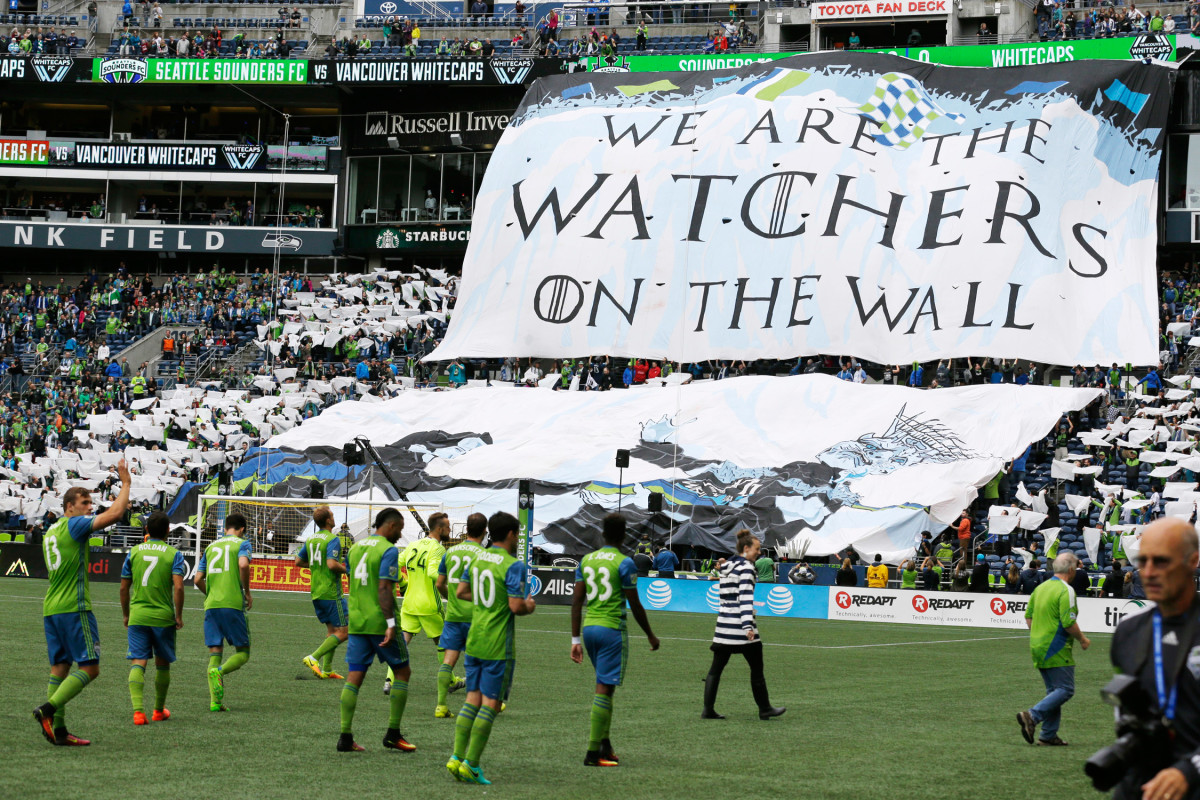
Seattle Sounders fans turn to Game Of Thrones for inspiration in a game against the Cascadia rival Vancouver Whitecaps in September 2016.
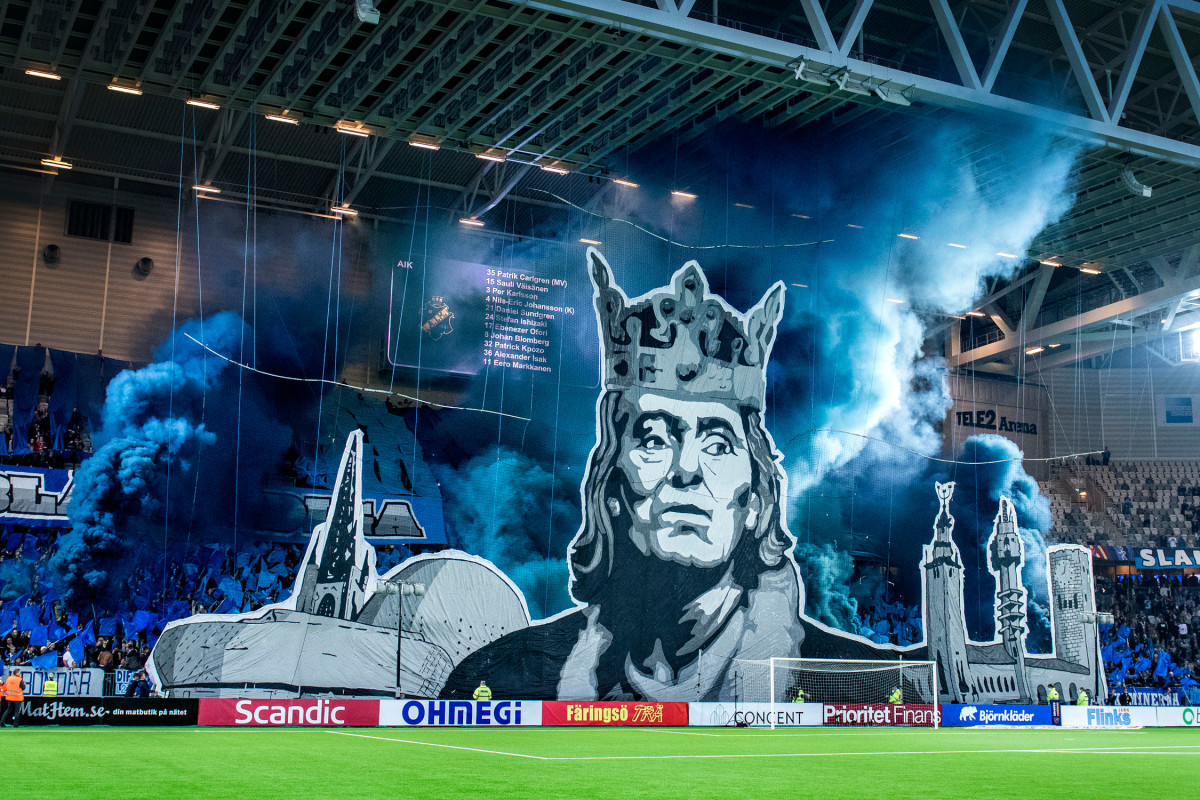
Djurgardens fans go all out in Sweden for a match against AIK in September 2016.
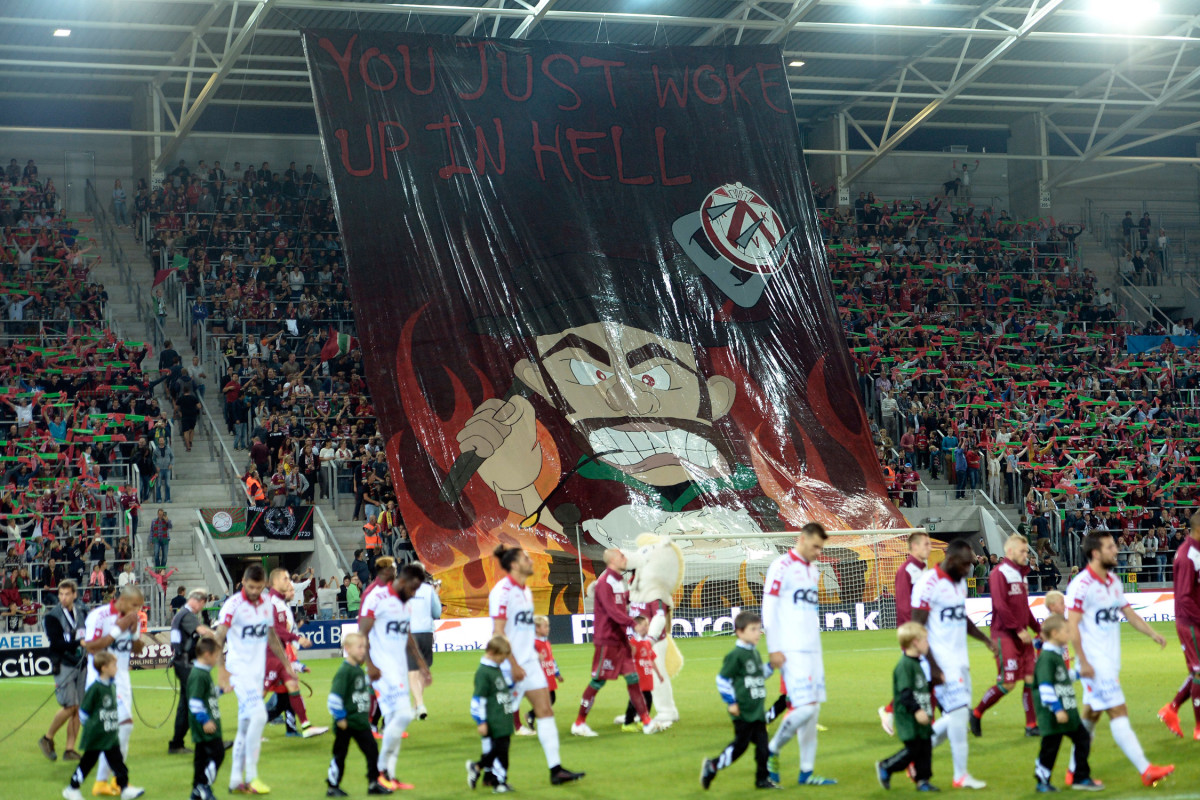
Zulte Waregem fans prepare Kortrijk for the absolute worst in this Belgian top-flight match in September 2016.
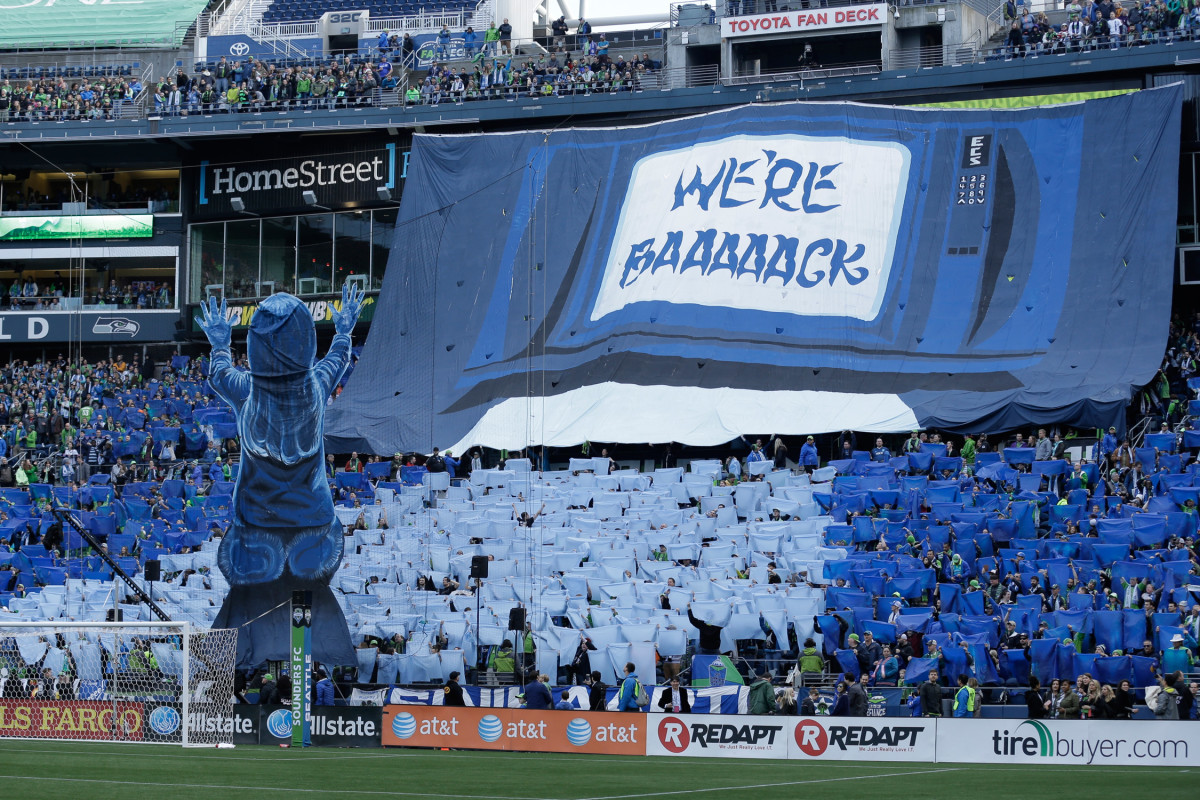
Seattle Sounders fans turn their pop culture reference to Poltergeist in March 2016 ahead of the season home opener against Sporting Kansas City.
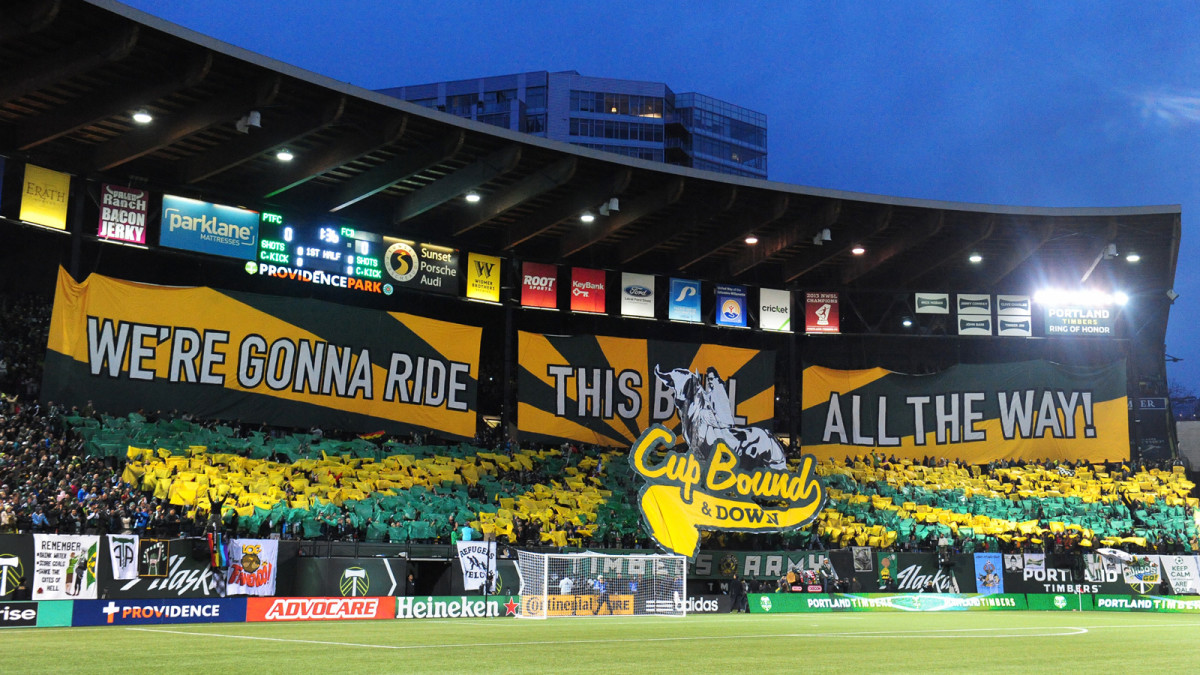
The Timbers Army doubles down on their Eastbound and Down theme, adding another wrinkle during the club's MLS Western Conference final first leg vs. FC Dallas on November 22, 2015 at Providence Park.
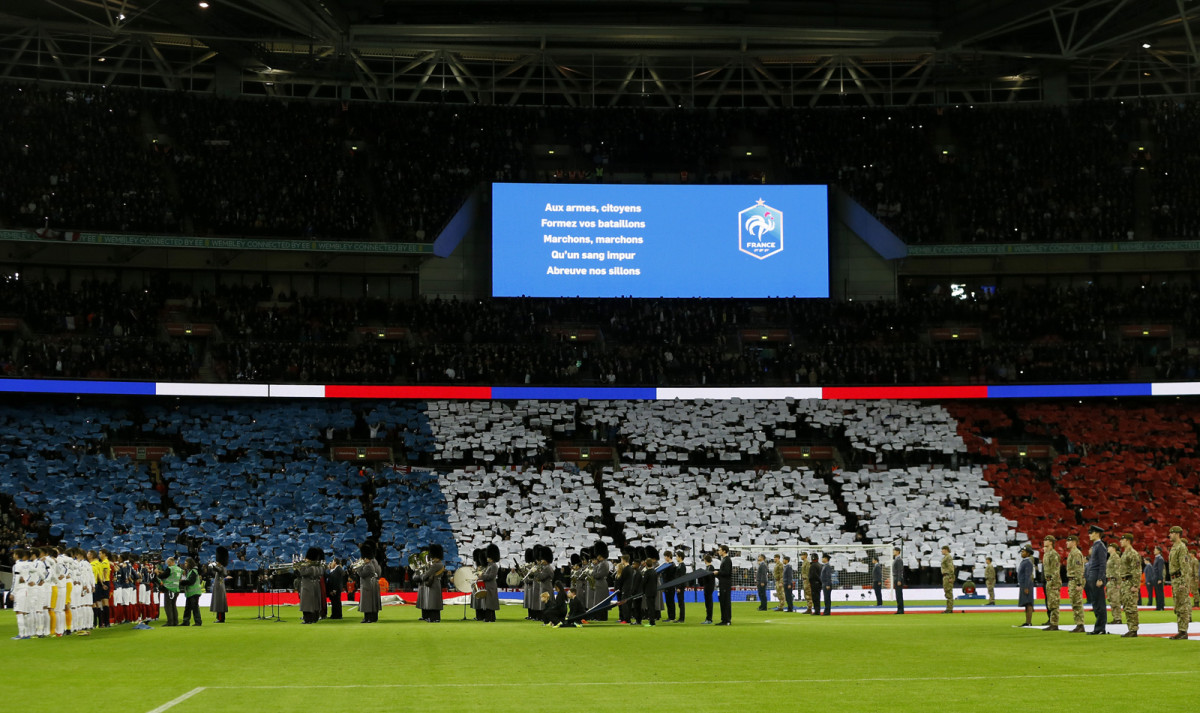
Fans make a French flag tifo at Wembley Stadium during the singing of Le Marseillaise ahead of England's friendly vs. France, which took place days after the terrorist attacks in Paris.
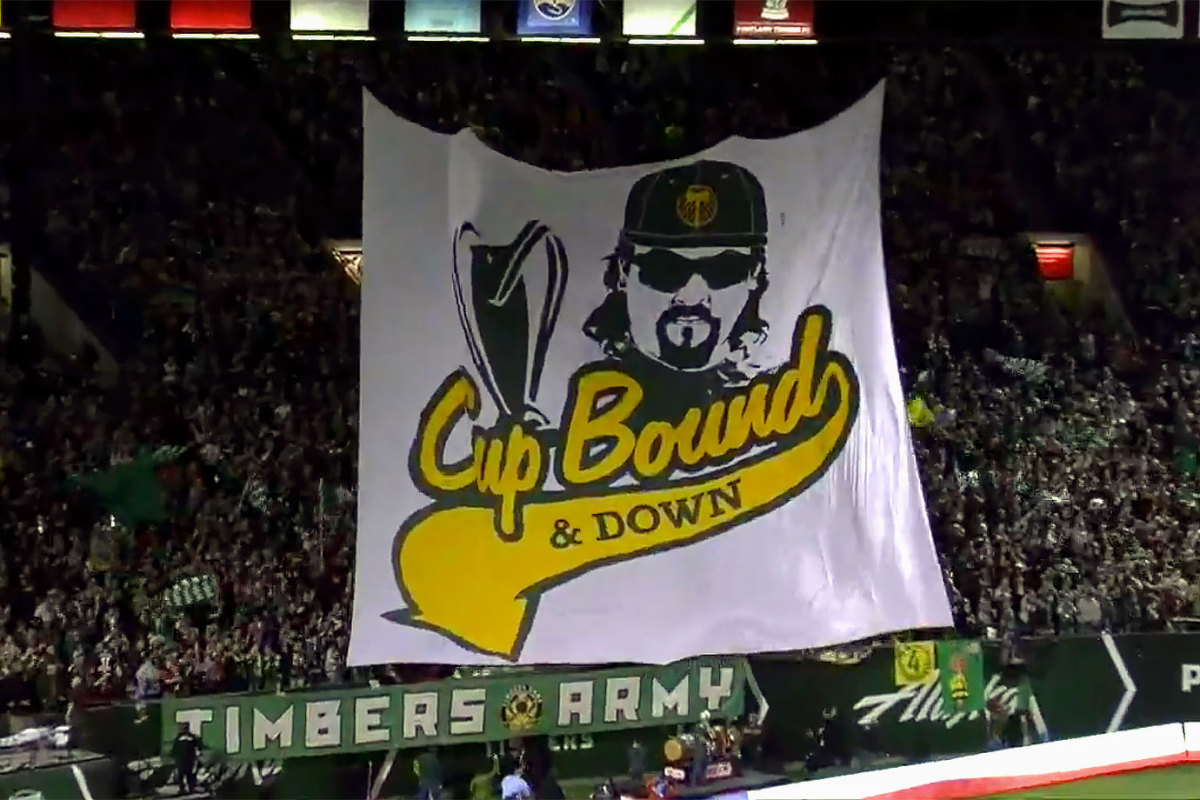
The Timbers Army referenced Eastbound & Down's Kenny Powers with their "Cup Bound and Down" tifo for the Portland Timbers' MLS playoff elimination game against Sporting Kansas City on October 29, 2015.

Brondby IF fans display a gladiator holding up a lion's head during the team's Danish Alka Superliga match against FC Copenhagen, whose logo is a lion's head, on September 27, 2015.
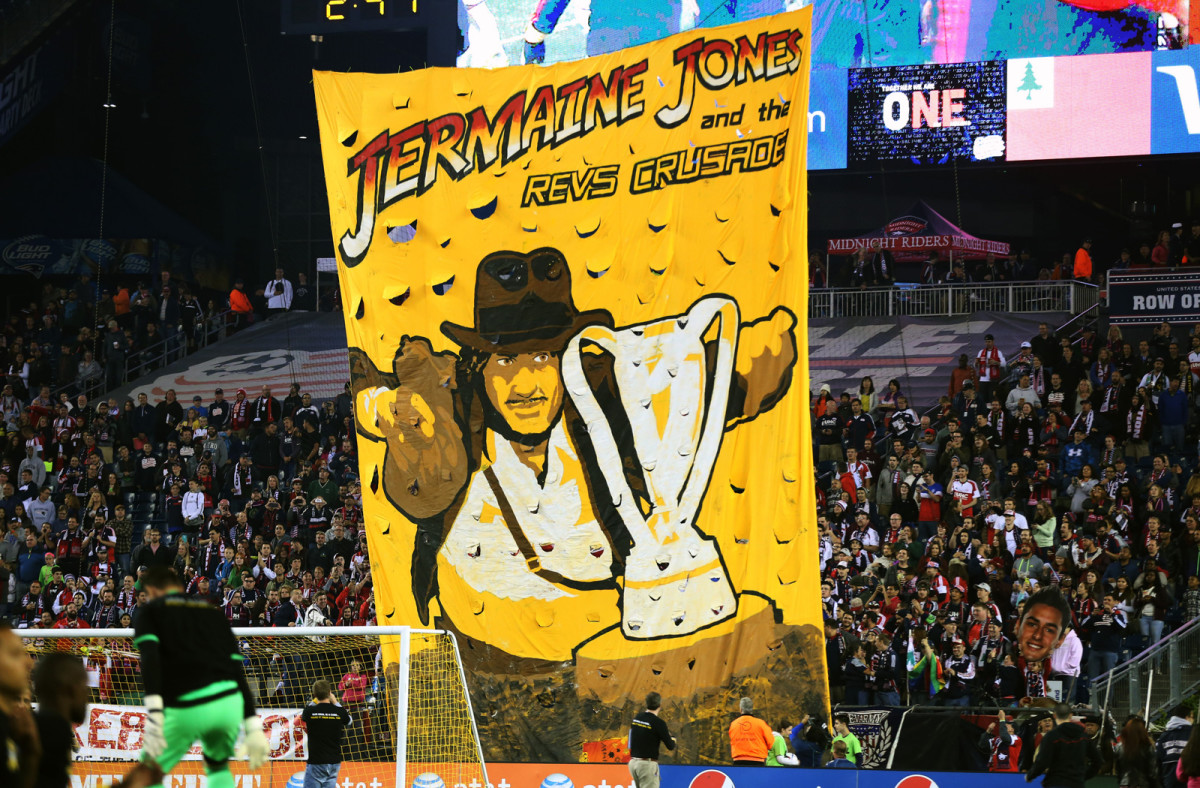
New England Revolution fans equate Jermaine Jones to Indiana Jones on their quest to capture the 2015 MLS Cup on September 26, 2015.
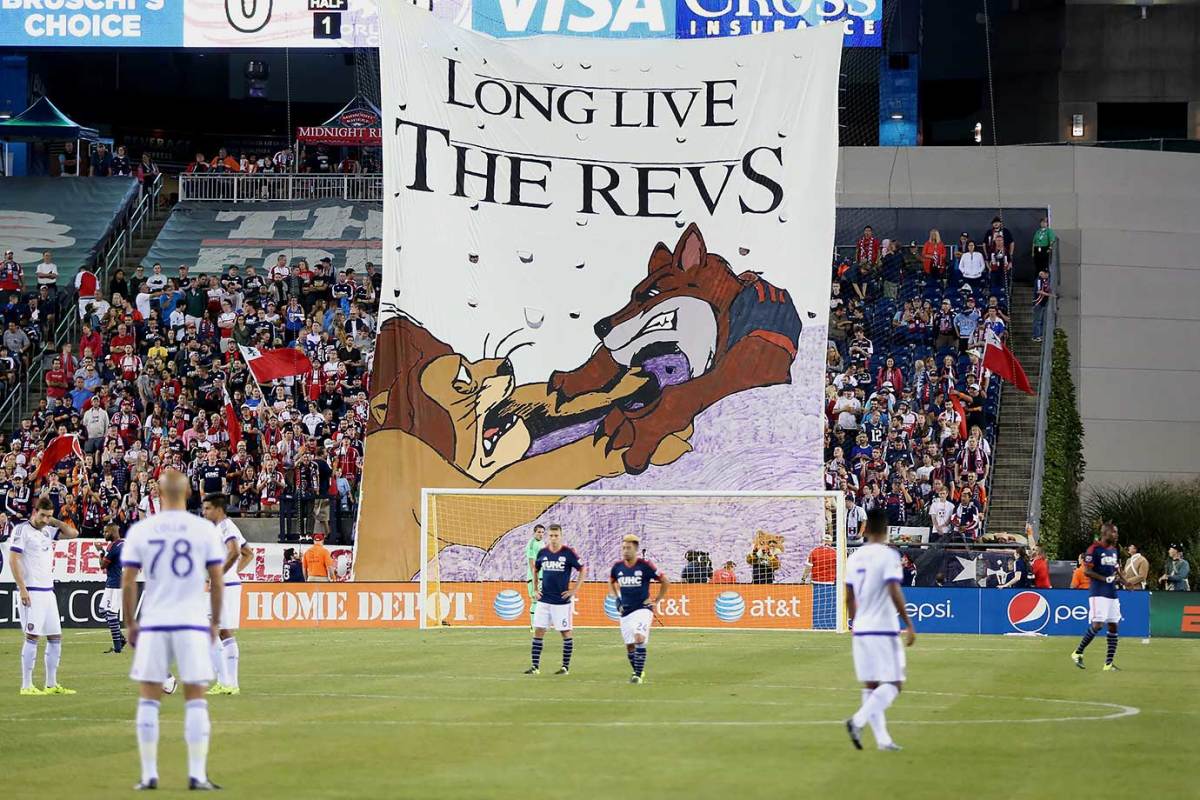
New England Revolution fans display a Lion King theme in honor of Orlando City FC's first visit to Gillette Stadium on September 5, 2015.
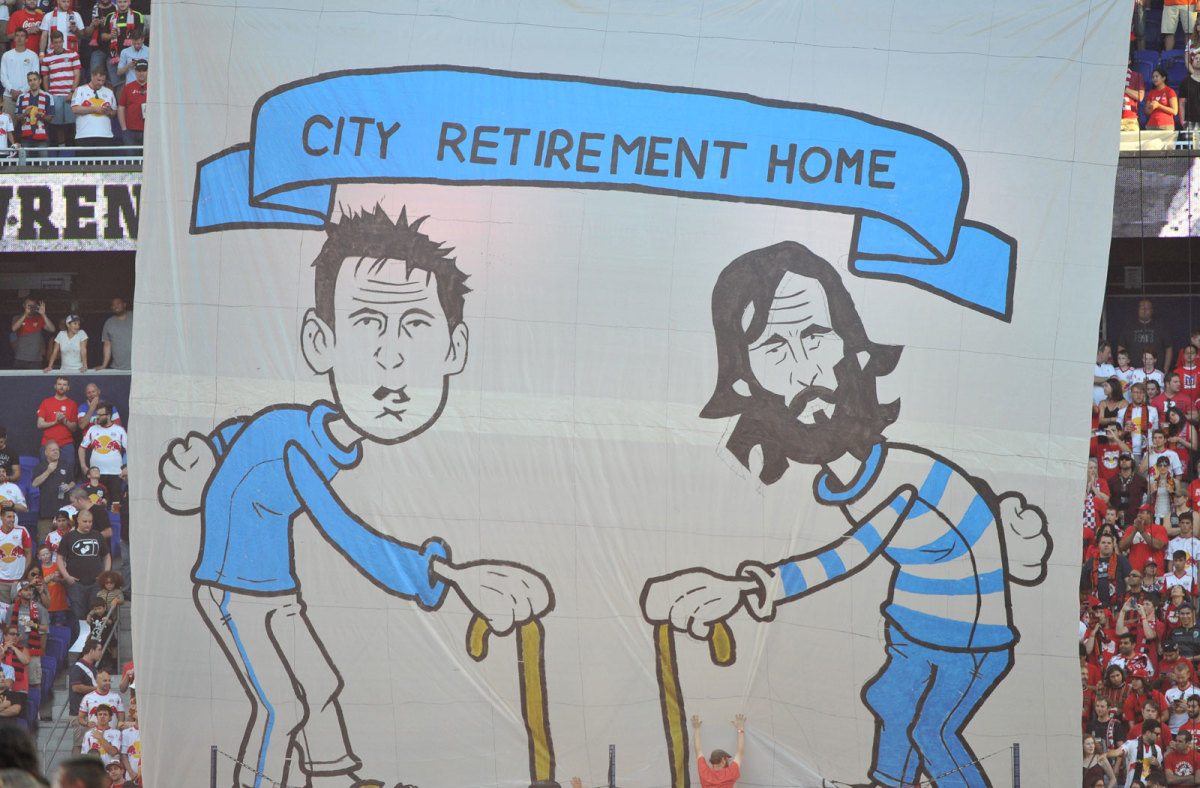
Red Bulls fans take a shot at NYCFC's two summer arrivals, 37-year-old Frank Lampard and 36-year-old Andrea Pirlo, ahead of their third MLS meeting of 2015.

Germany fans in Cologne salute their World Cup champions ahead of a friendly against the United States in June, 2015.
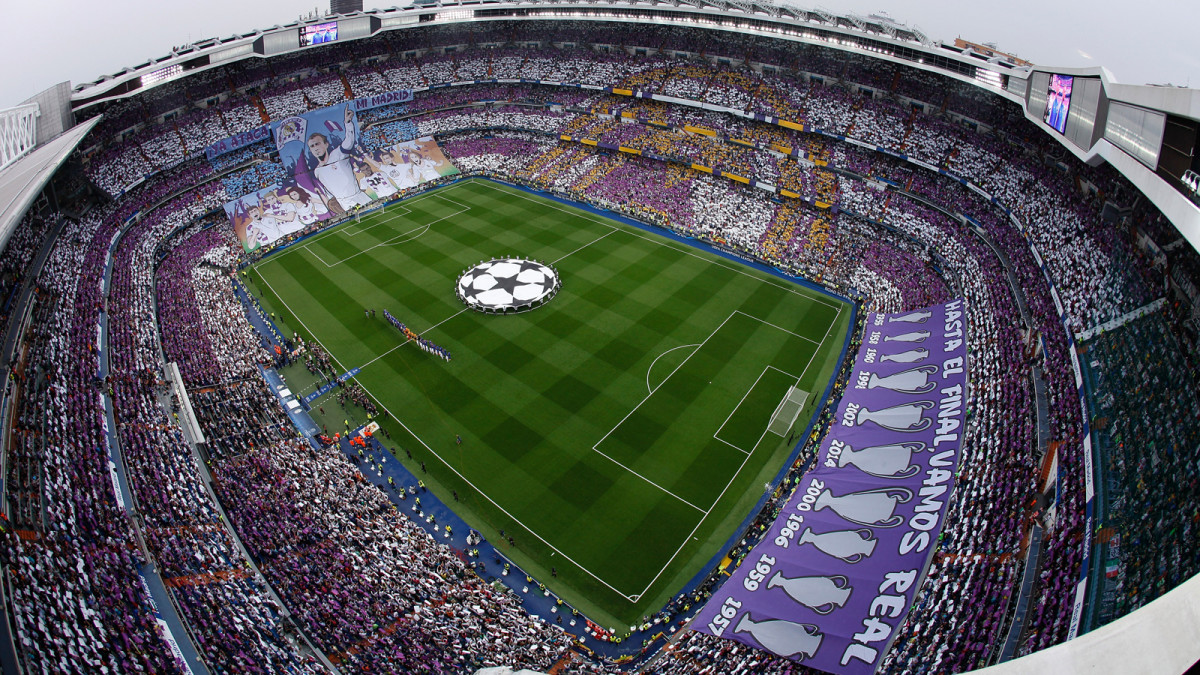
Real Madrid fans went all out prior to the second leg of the 2014-15 Champions League semifinal vs. Juventus.
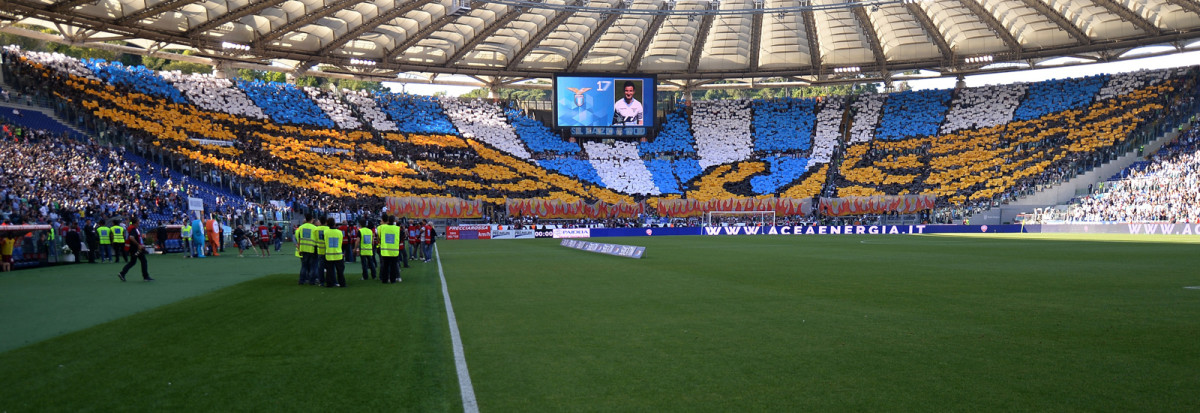
Lazio fans display a stunning eagle tifo ahead of the Rome derby against AS Roma in their penultimate Serie A match of the 2014-15 season.
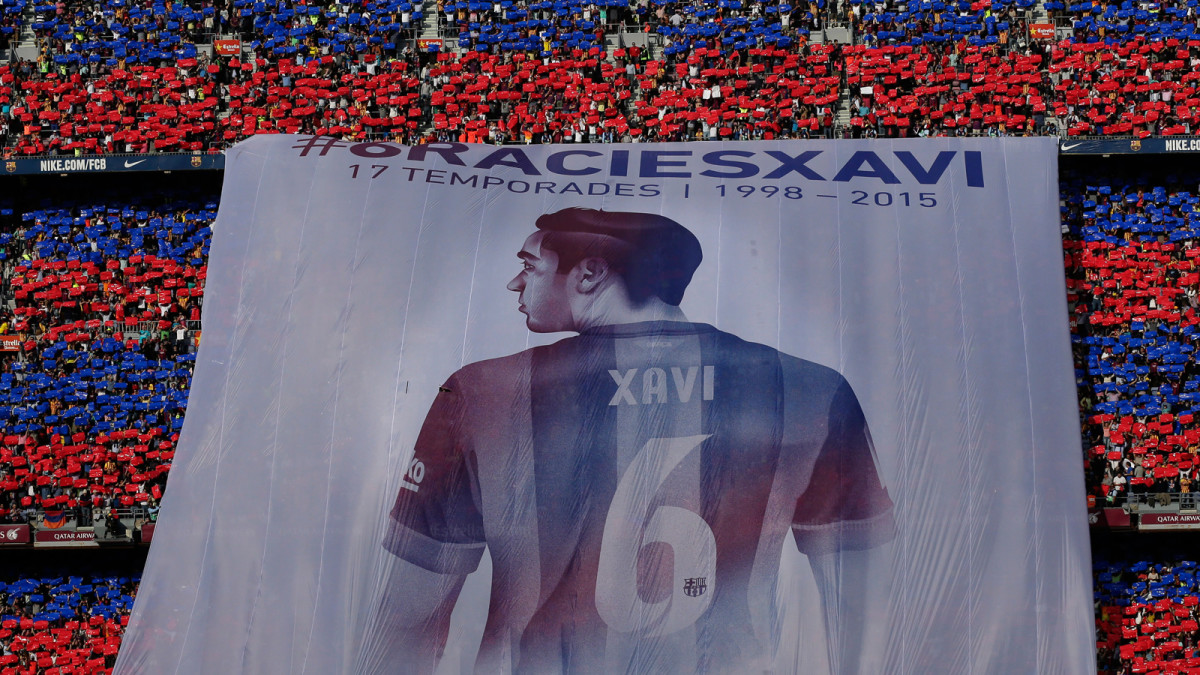
Barcelona fans bid farewell to veteran midfielder Xavi with this banner at his last league game at Camp Nou before he departs for Qatari club Al Sadd.
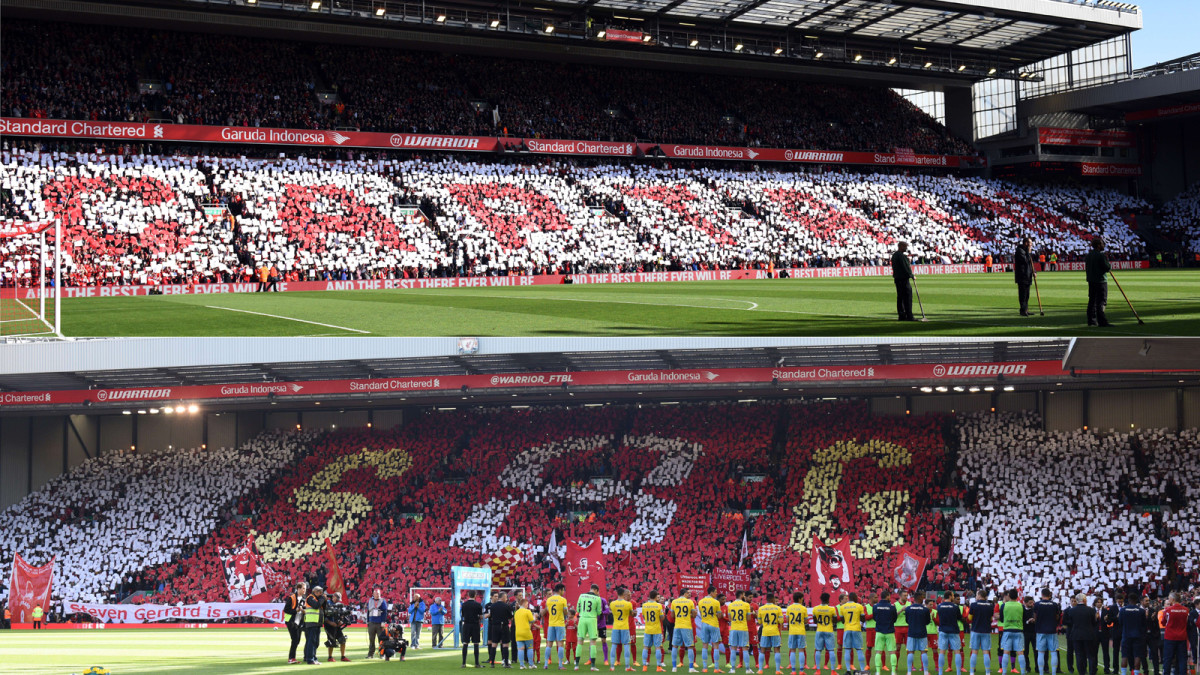
Fans at Anfield pay tribute to Steven Gerrard in his final home match as a Liverpool player in May 2015.
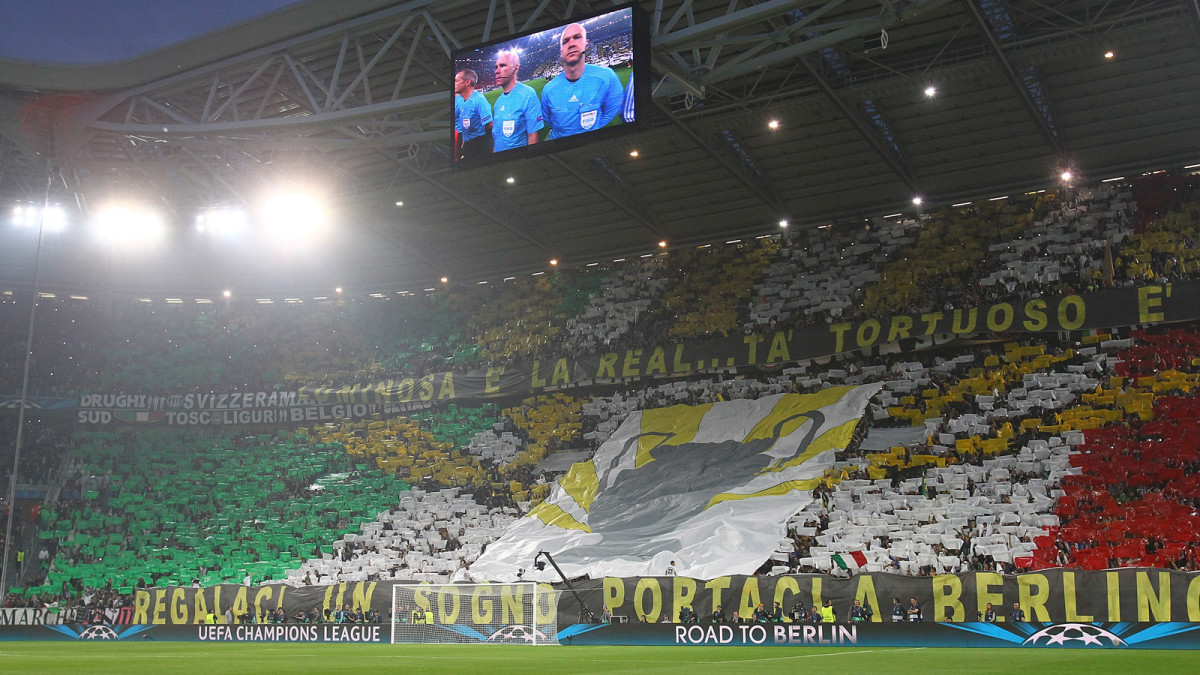
Juventus fans state their case to beat Real Madrid in the 2014-15 Champions League semifinals and reach the final in Berlin.
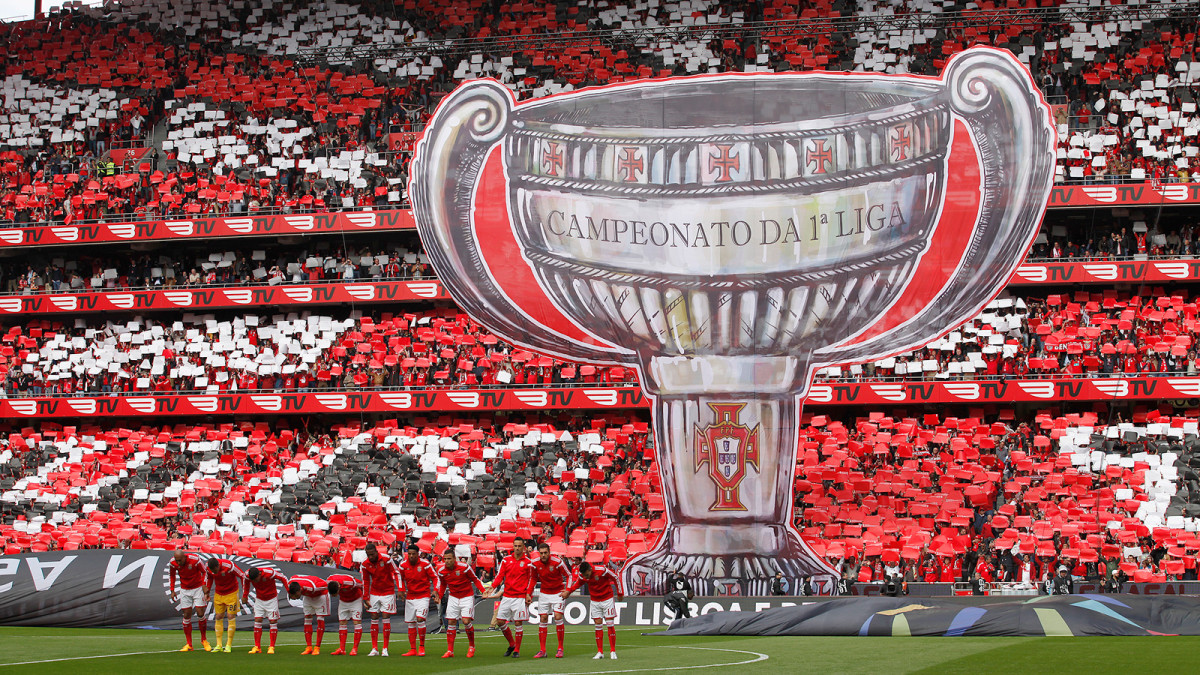
Fans at Benfica's Estadio da Luz remind rival Porto who the Primeira Liga reigning champion is during an April 2015 match in Portugal.
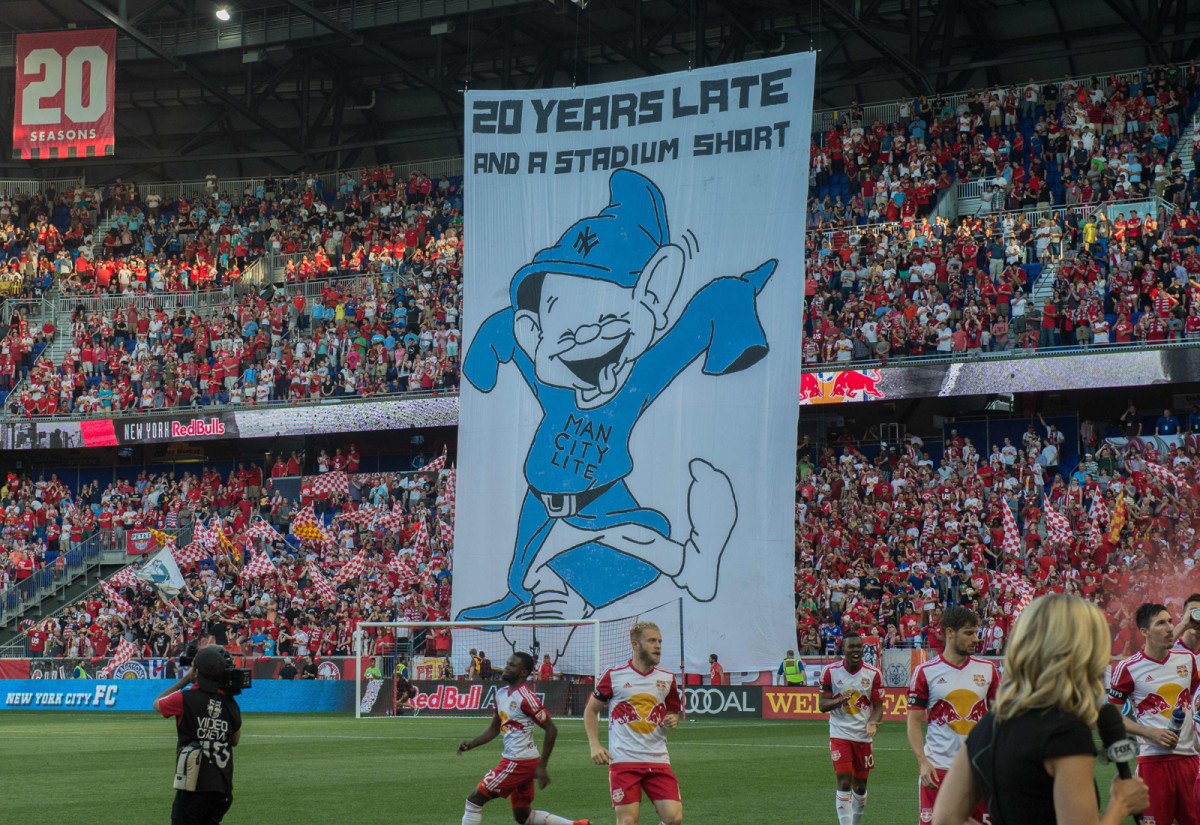
New York Red Bulls fans send a pointed message to their NYCFC counterparts prior to the teams' first MLS meeting in May, 2015.
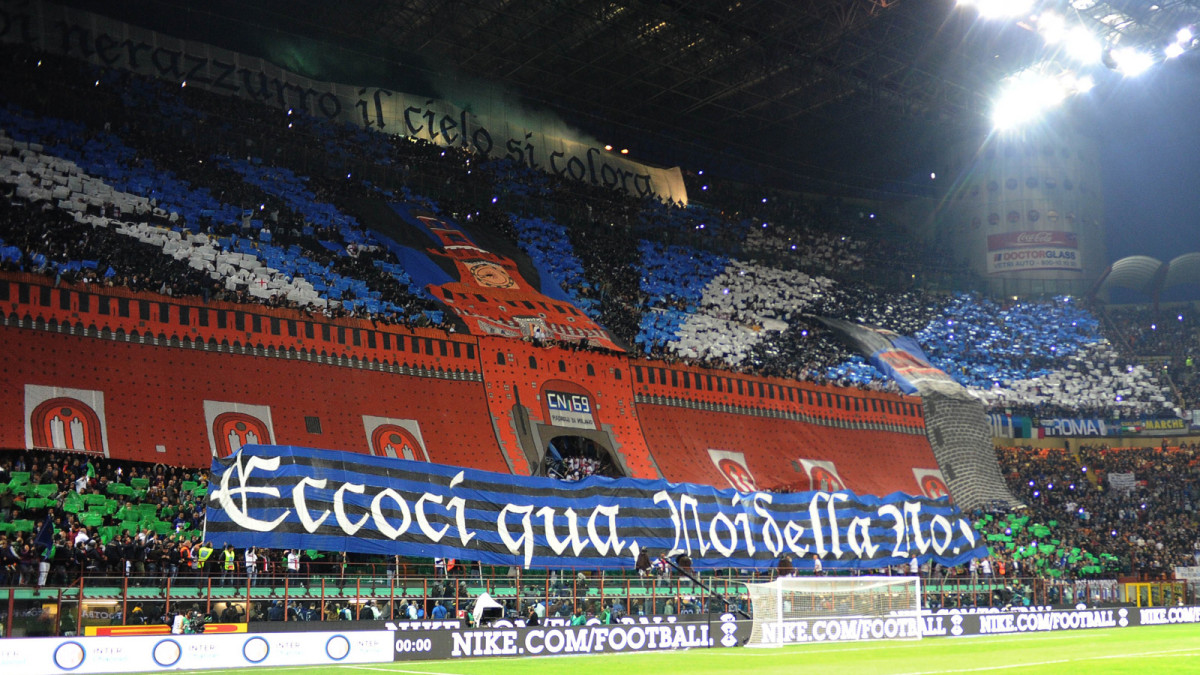
Inter Milan's Curva Nord announces its presence ahead of the April 2015 Derby della Madonnina–the annual clashes between city rivals Inter and AC Milan.
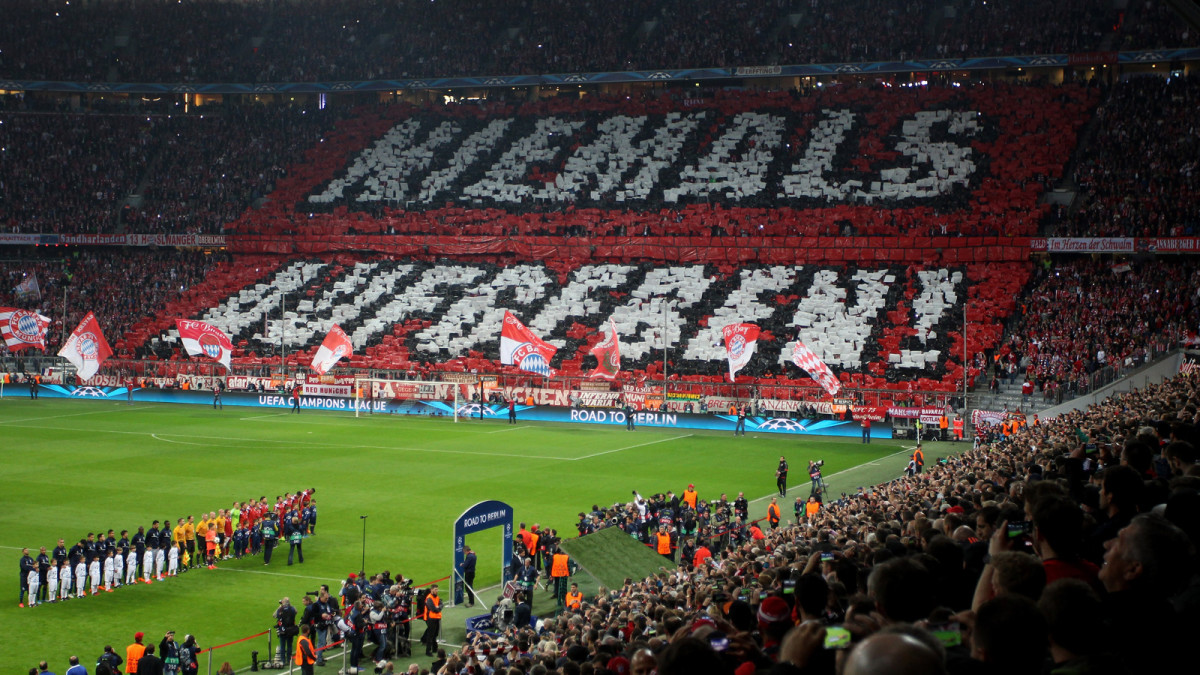
Bayern Munich fans implore their club to (translated) "Never give up" in the Champions League quarterfinal second leg vs. Porto. Bayern then turned a 3-1 first-leg deficit into a 7-4 aggregate win and a place in the semifinals.
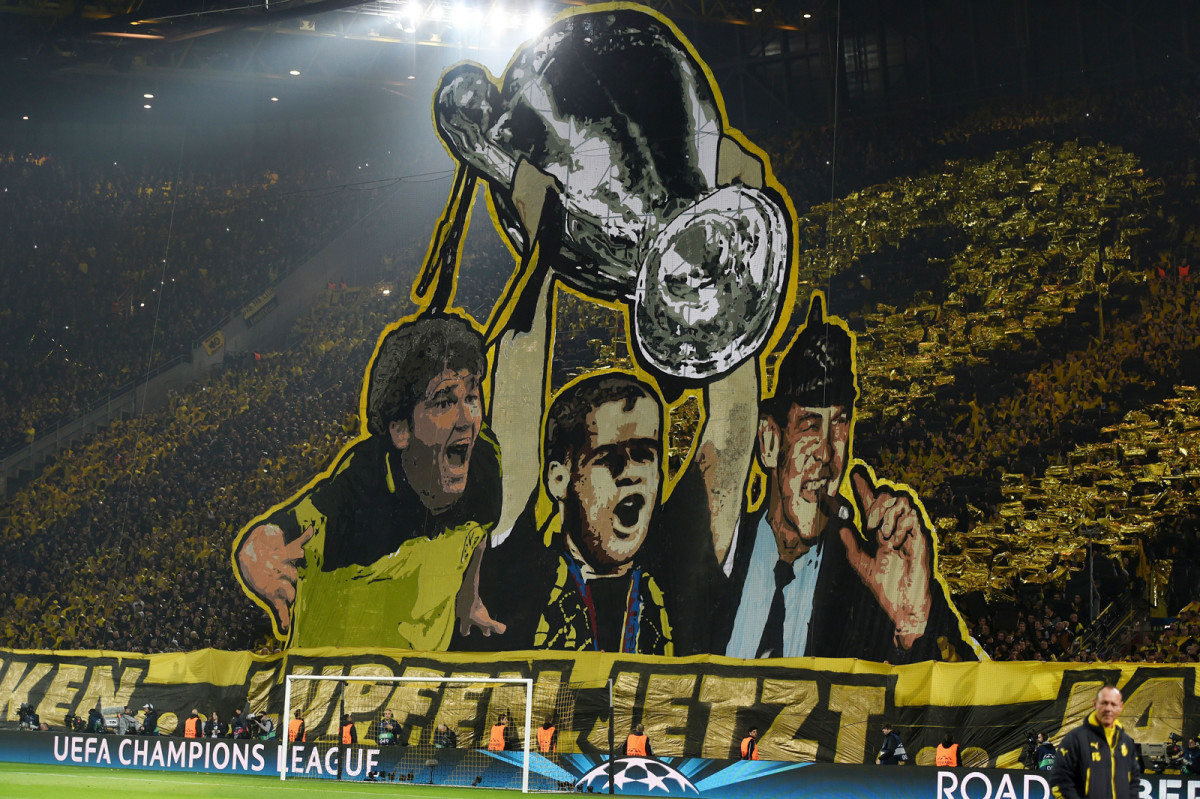
Dortmund fans commemorate their 1997 Champions League trophy in the club's clash vs. Juventus–the opponent on the wrong side of that title bout.
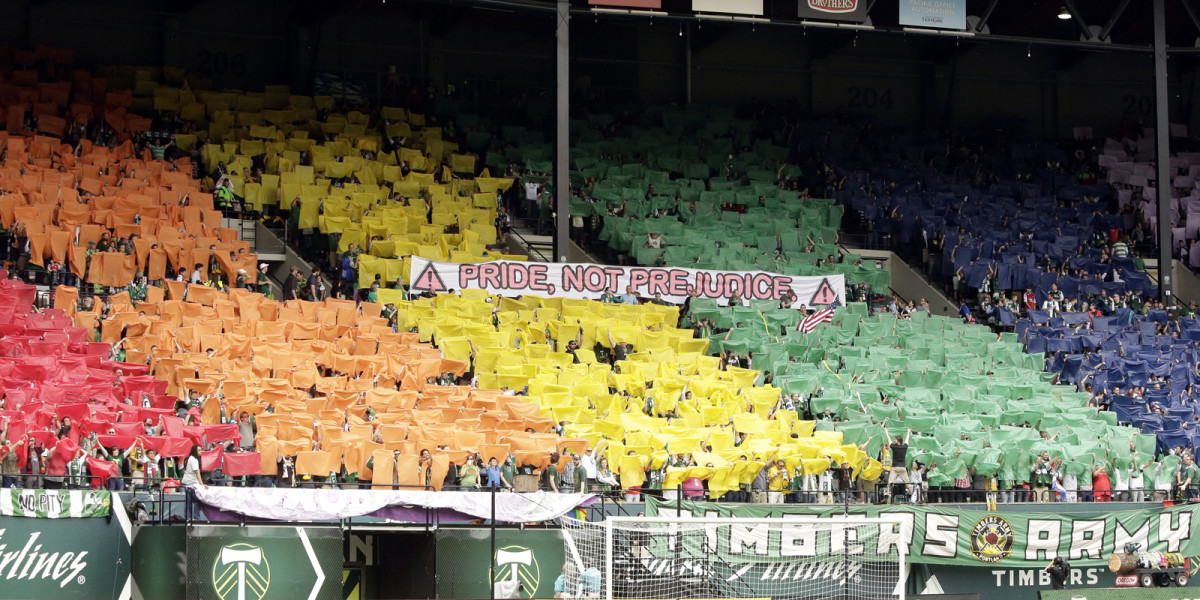
Portland Timbers fans speak out against homophobia with this tifo in a 2013 match against Chivas USA
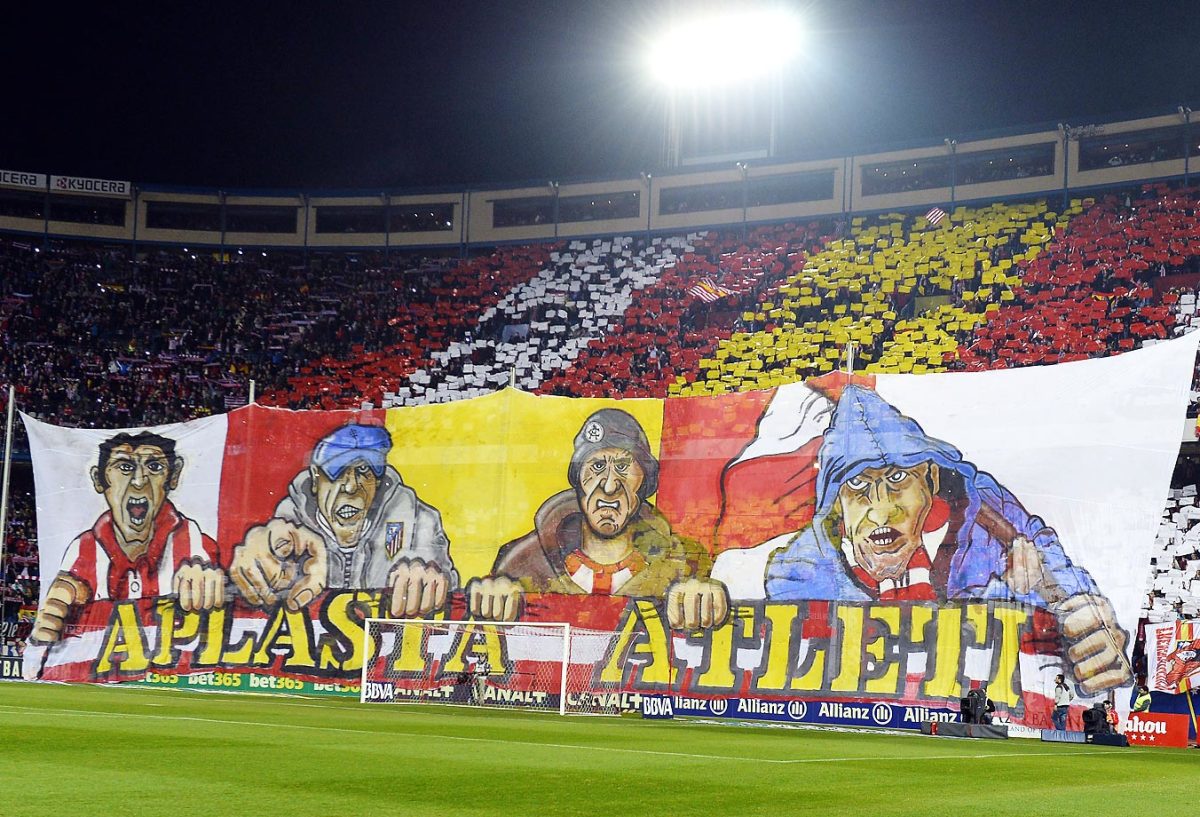
Atletico's supporters display a banner reading "Atleti crushes" before the Spanish league match between Atletico Madrid and FC Barcelona at the Vicente Calderon stadium in Madrid,
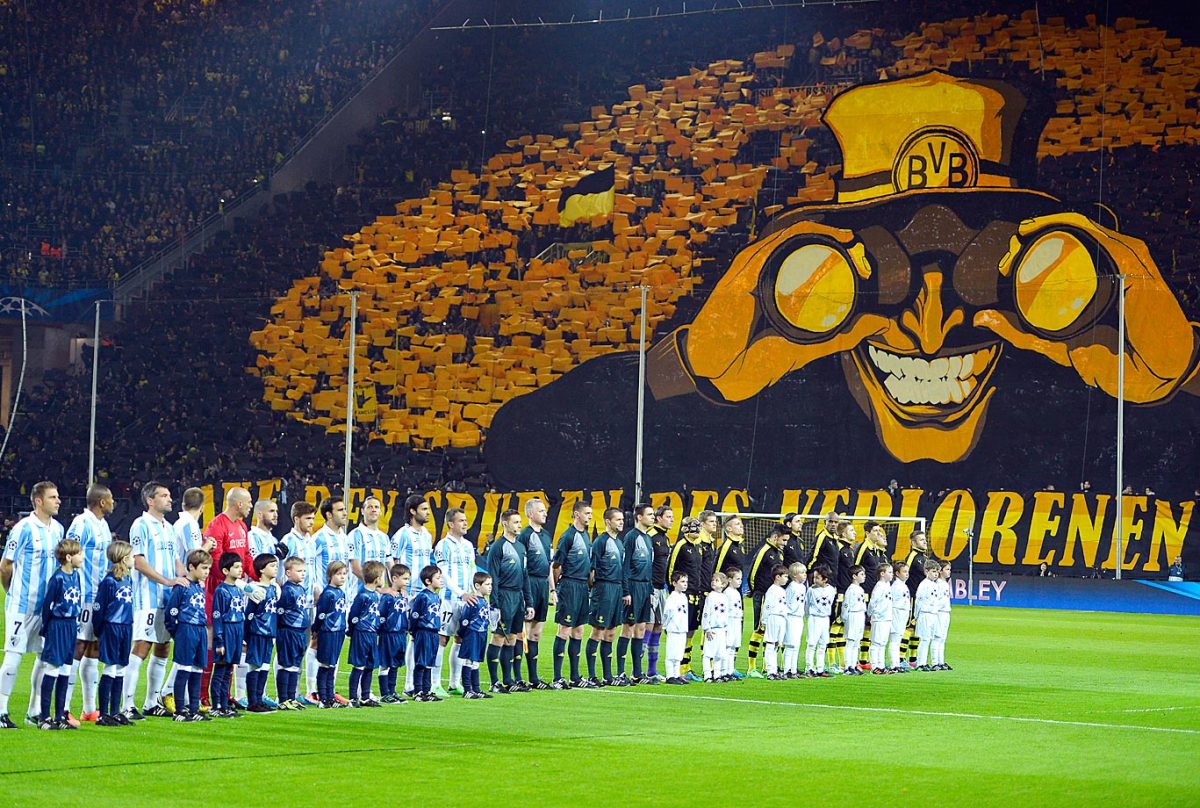
Borussia Dortmund fans put on a remarkable display ahead of a UEFA Champions League quarterfinal second leg match.
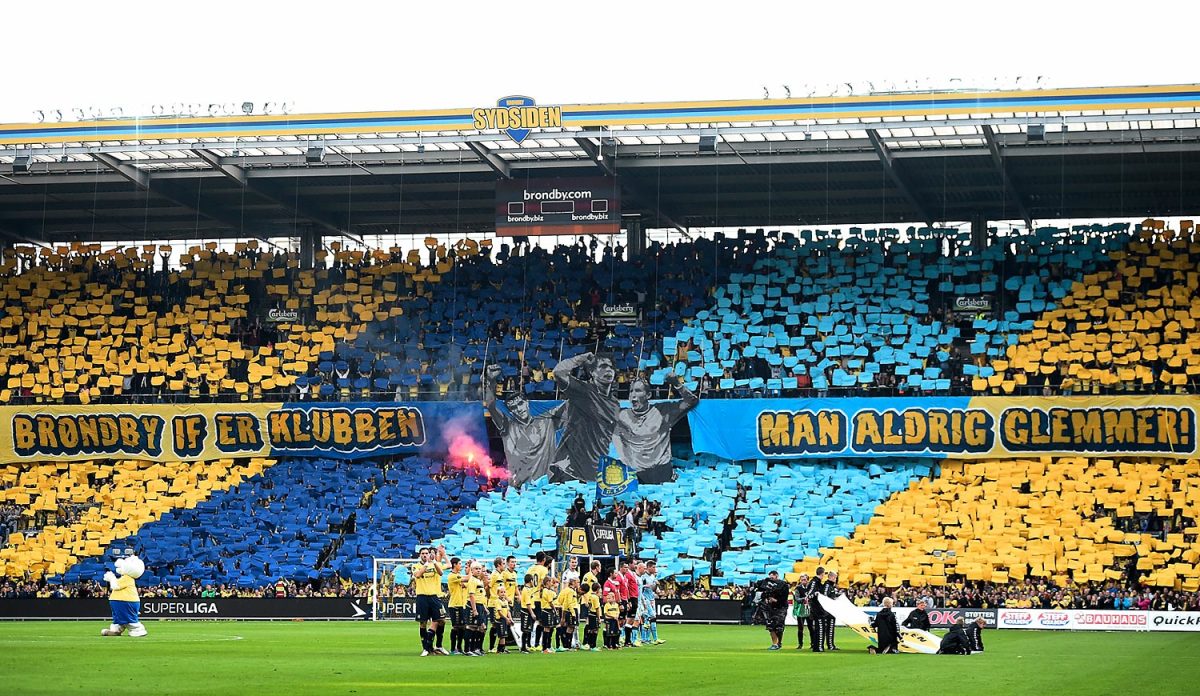
Brondby IF fans unveil a tifo ahead of a match in Denmark against Randers FC.

FC Barcelona fans display a huge banner in memory of former head coach Tito Vilanova.
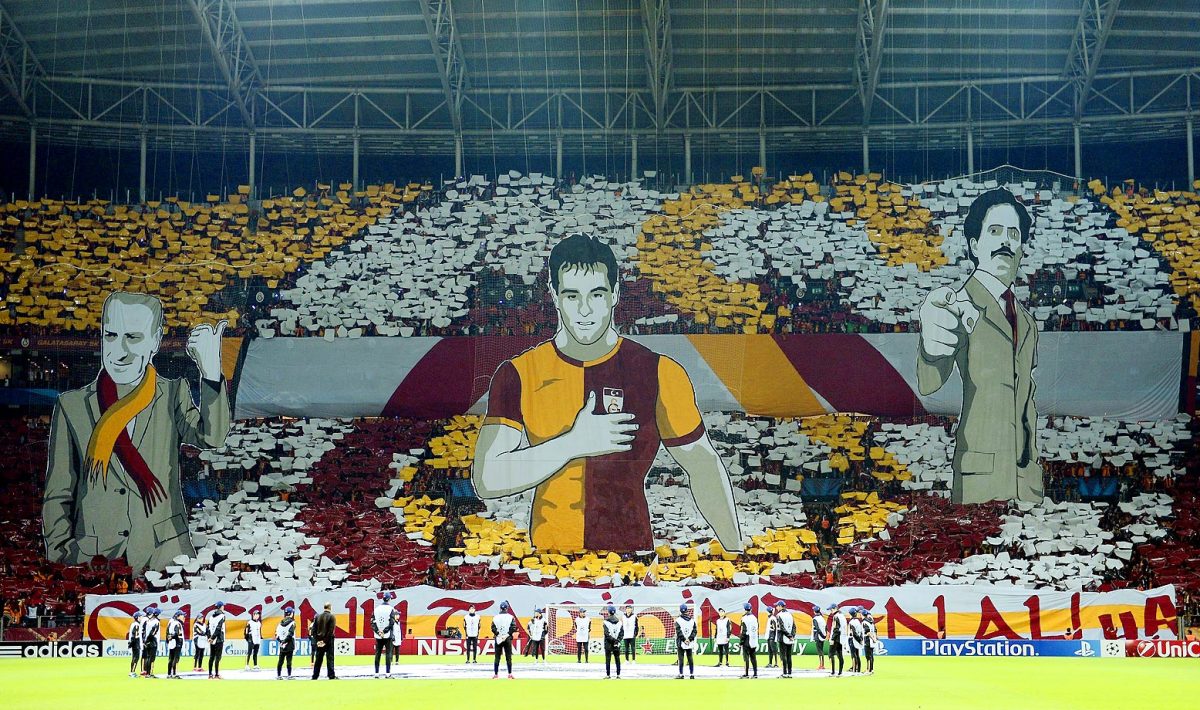
Galatasaray fans support their team during the UEFA Champions League Group D match between Borussia Dortmund and Galatasaray at the Turk Telekom Arena in Istanbul.

The American Outlaws unveil a huge tifo ahead of a 2014 World Cup send-off match between the USA and Turkey at Red Bull Arena in Harrison, N.J.
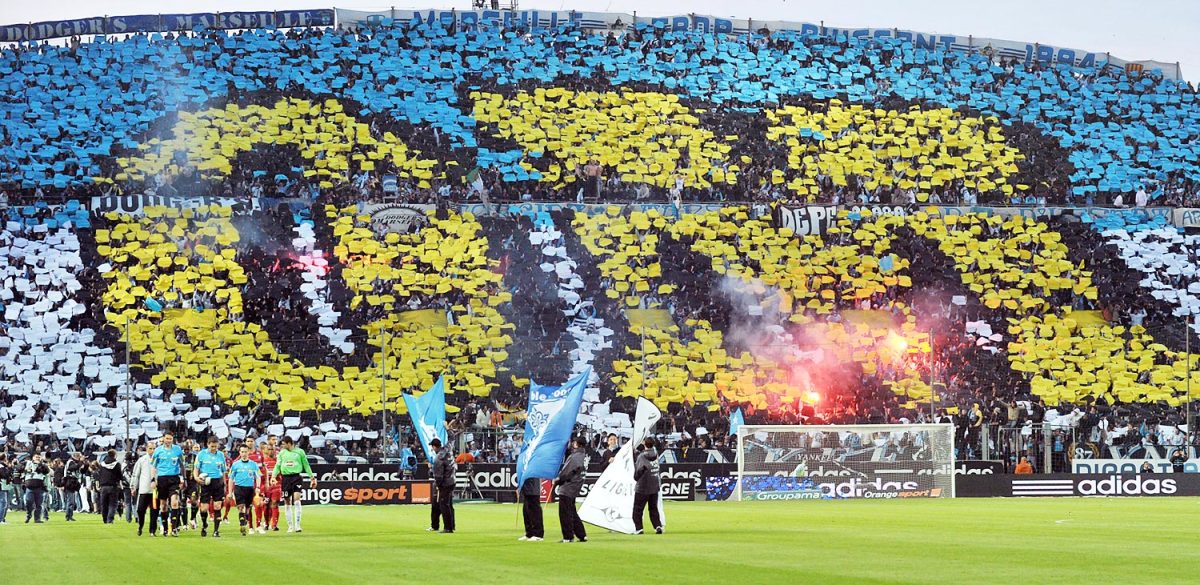
Marseille's supporters use paper sheets to create an "OM" (Olympique de Marseille) tifo at the beginning of the French L1 football match between Marseille and Genoble.

Seattle Sounders fans display their tifo that shows coach Sigi Schmid playing cards and holding a Royal Flush before a match against the Portland Timbers.
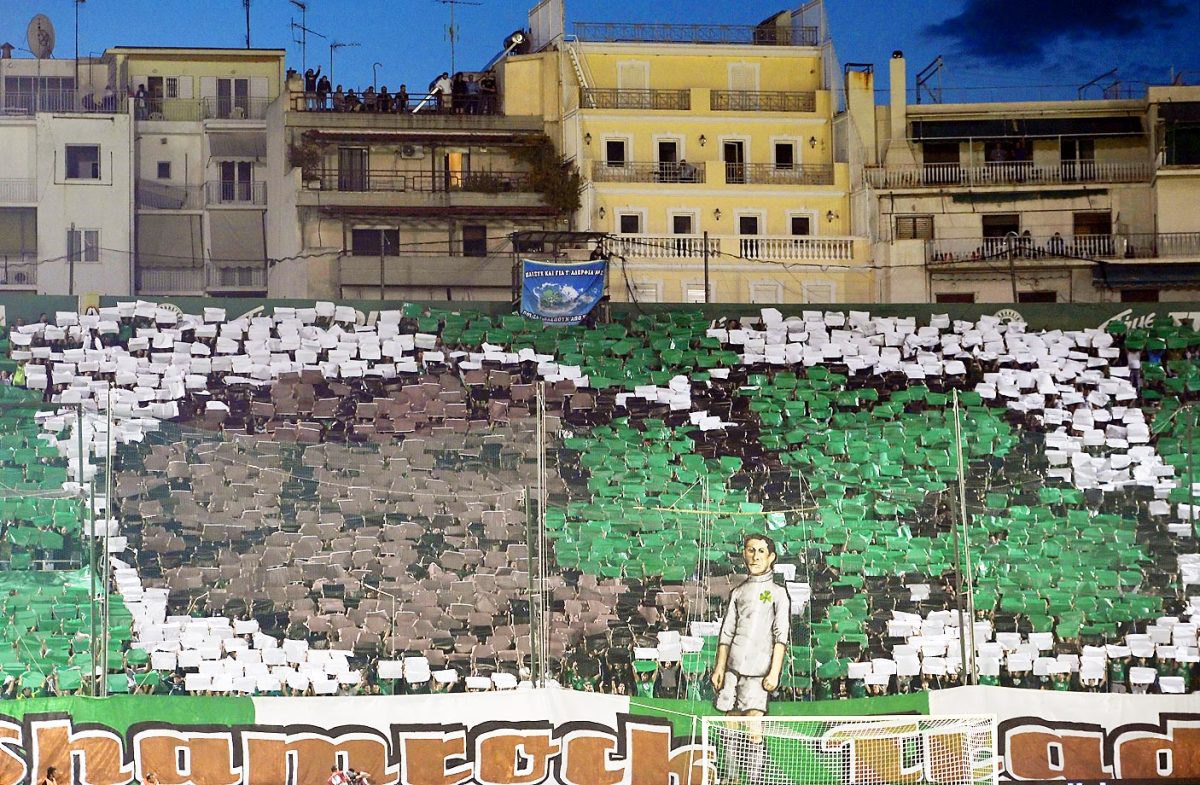
Panathinaikos Athens fans display a banner during the UEFA Europa League match against Dynamo Moscow.
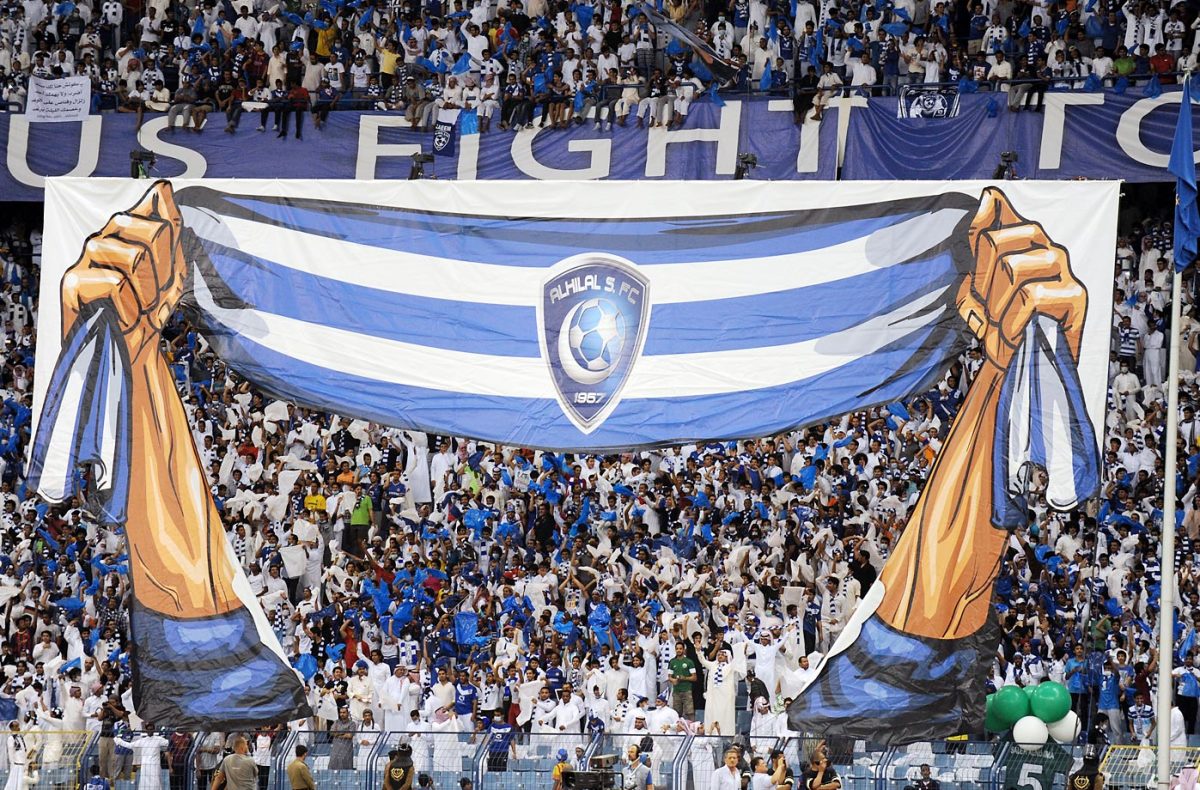
Fans of the Saudi Al-Hilal team celebrate after the scoring of a goal against Uzbekistan's Bunyodkor.
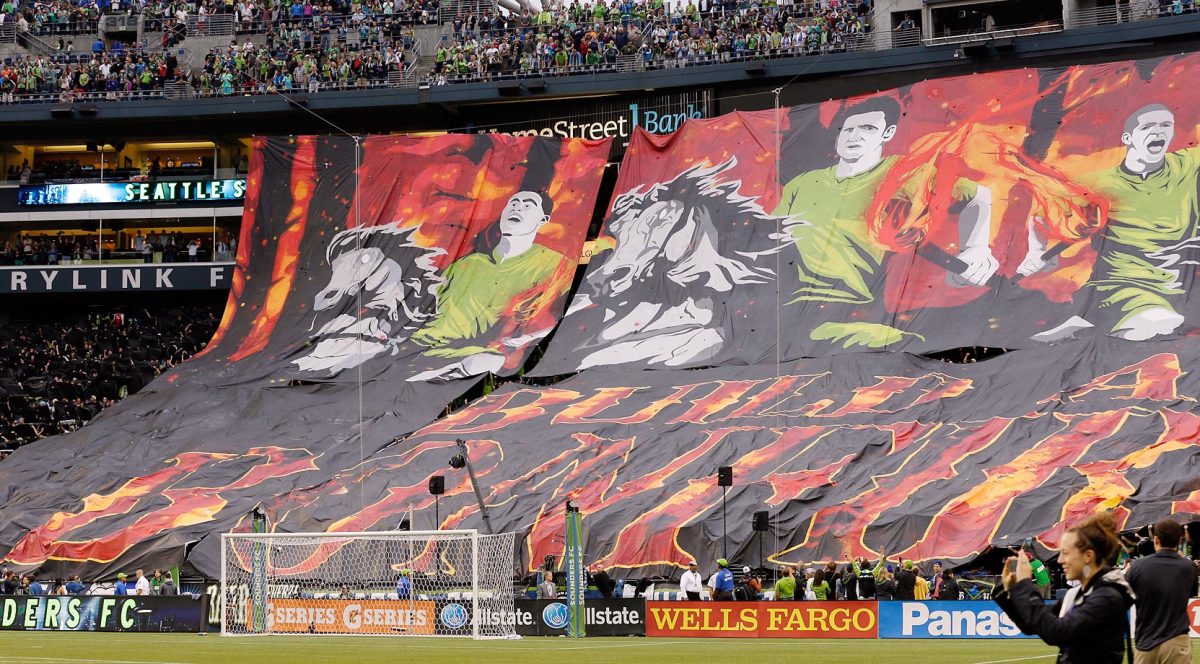
Seattle Sounders fans unveil a tifo inspired from the “Build a Bonfire” chant, featuring Sounder players holding torches on horseback ahead of a game against the Portland Timbers.
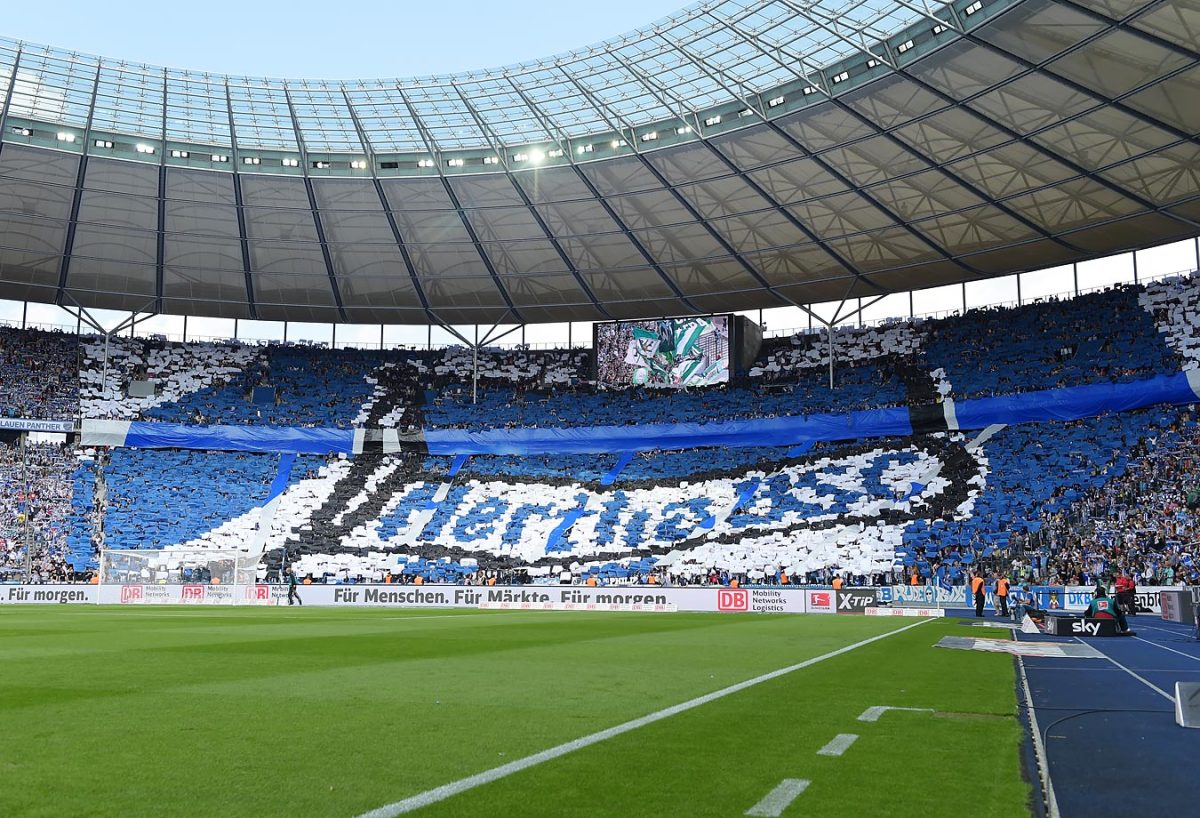
Fans of Hertha BSC before the Bundesliga match between Hertha BSC and Werder Bremen in Berlin.
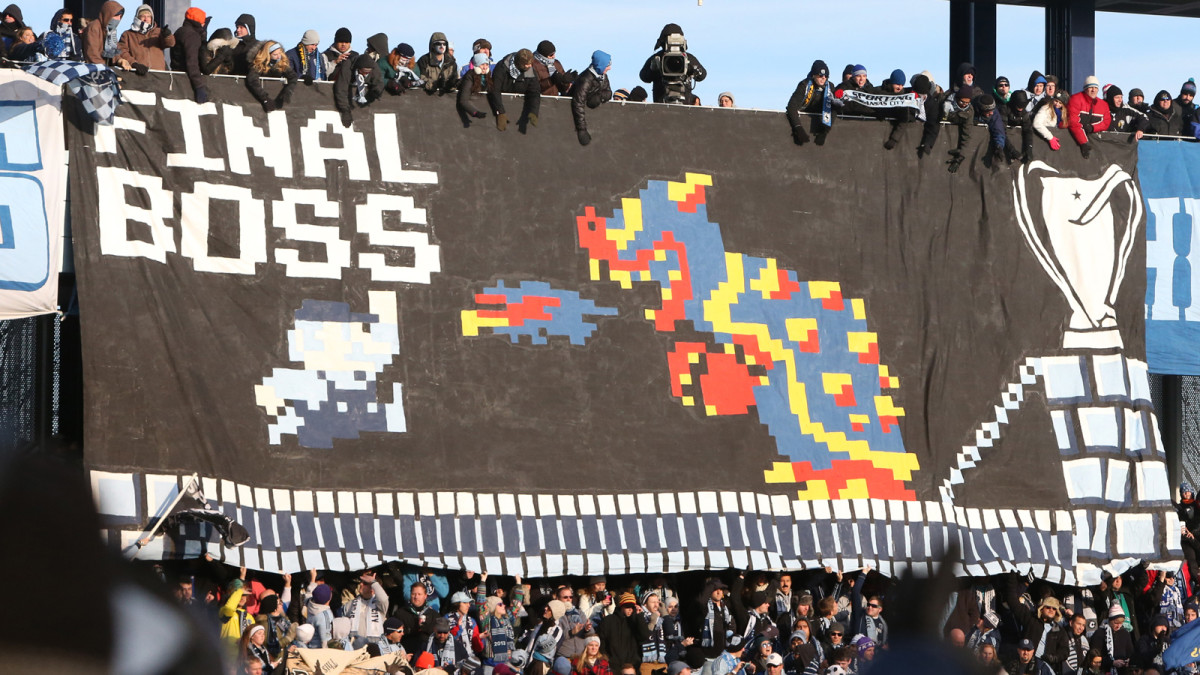
Sporting Kansas City fans channel their inner Mario ahead of the 2013 MLS Cup final vs. Real Salt Lake.
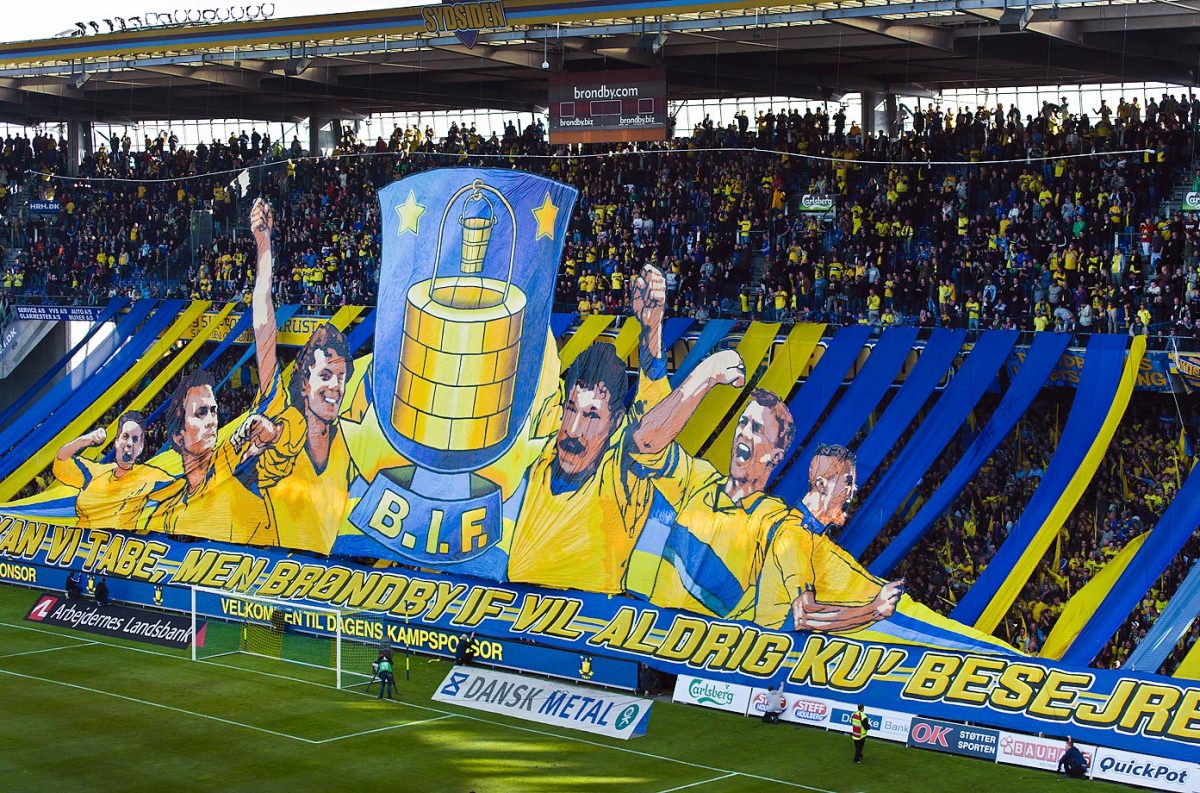
Brondby IF fans.
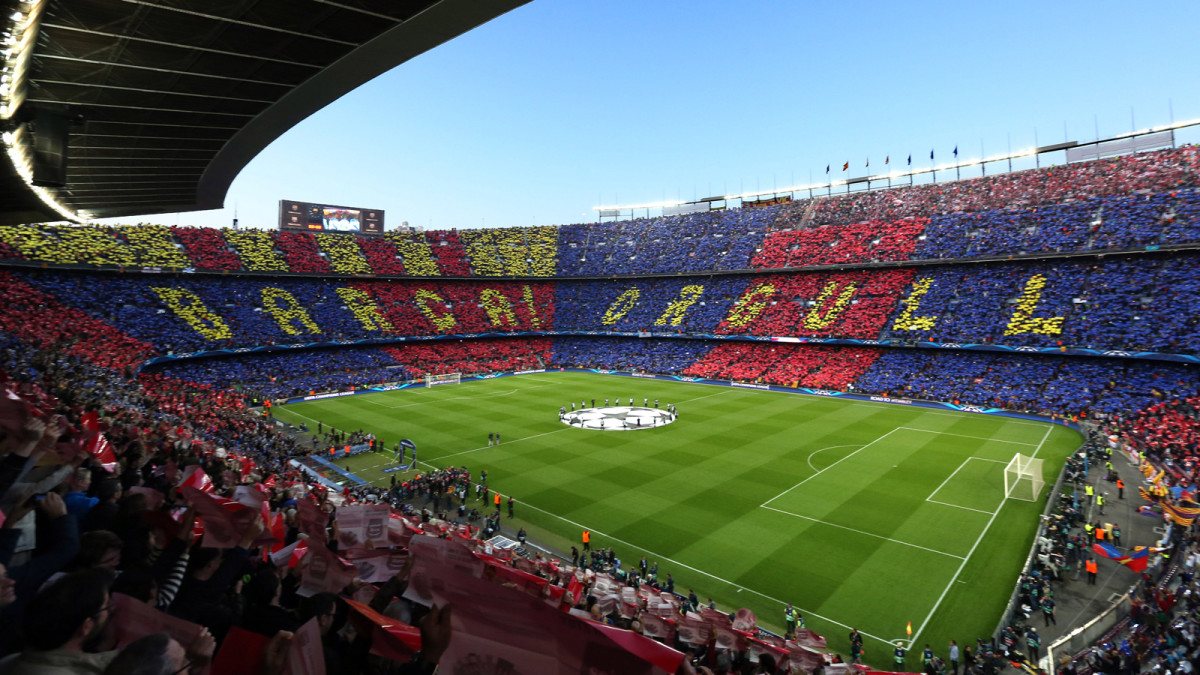
Thousands of Barcelona fans hold up cards to spell out "Barca! Orgull," which translates to "Barcelona pride" ahead of a Champions League clash with Bayern Munich at Camp Nou.
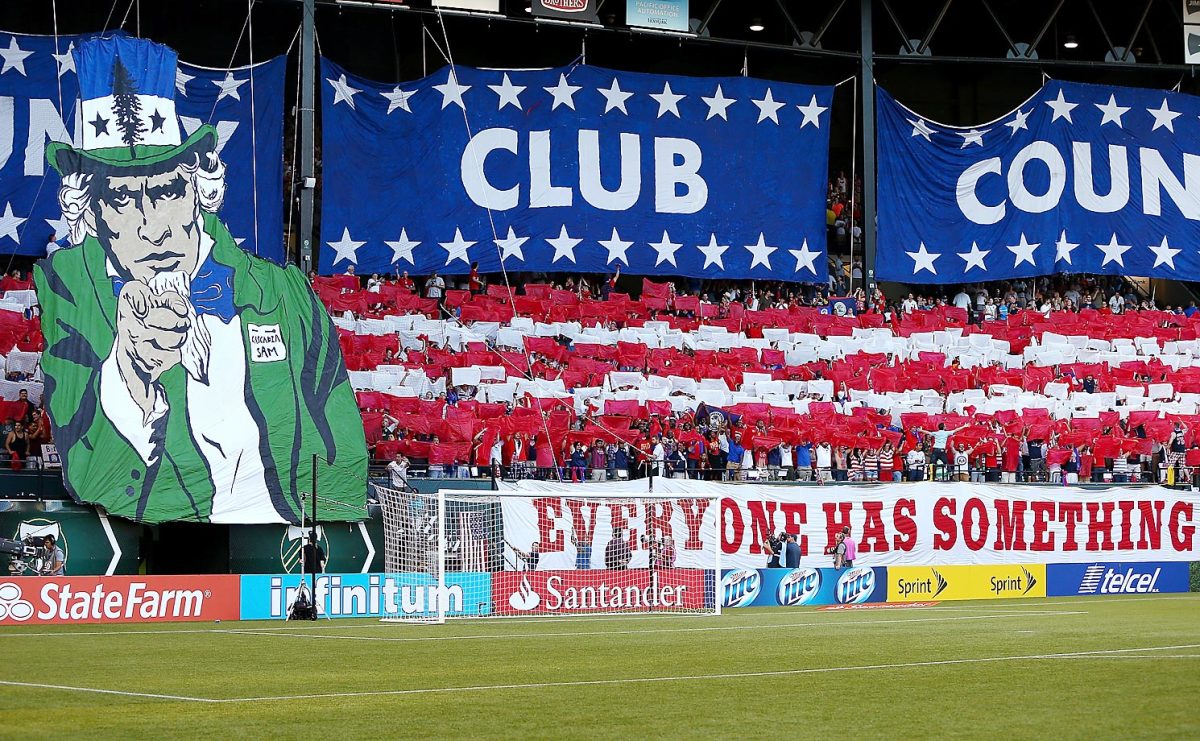
Fans raise a tifo celebrating “Community, Club and Country” ahead of a CONCACAF Gold Cup match between the USA and Belize in Portland, Oregon.
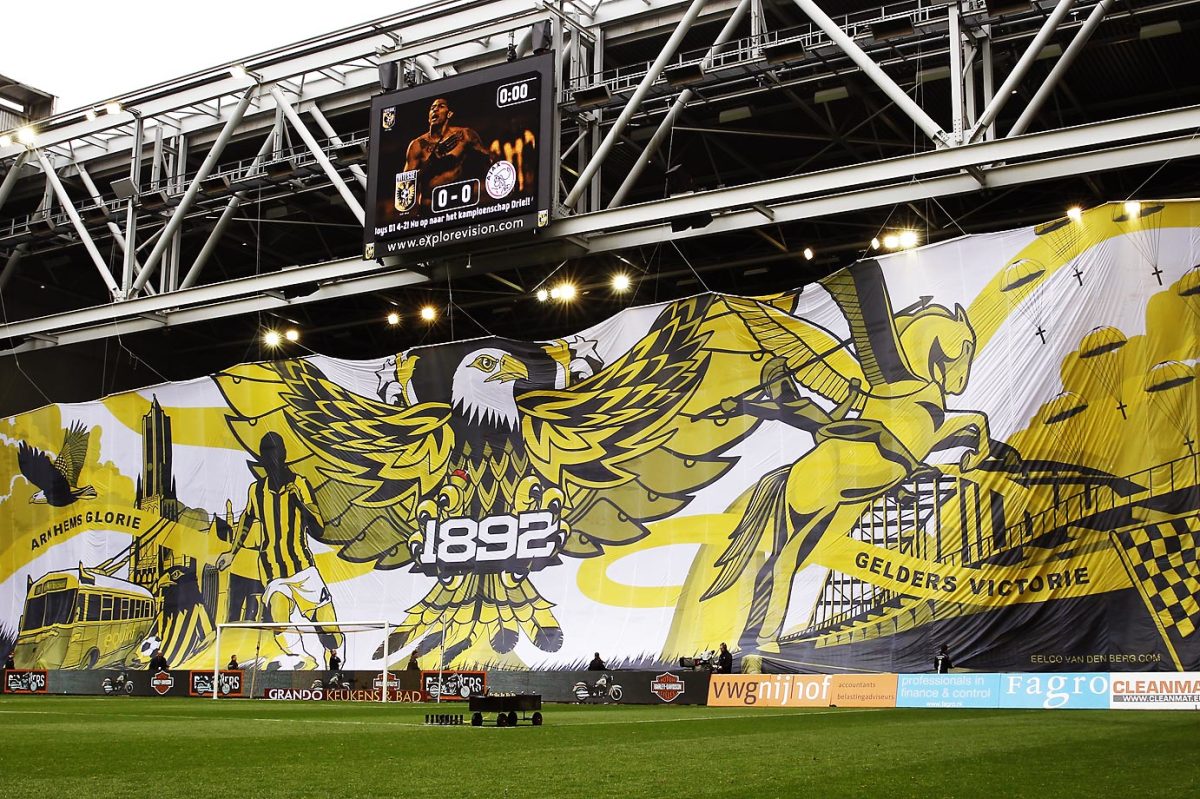
Vitesse fans unfurl a massive Eagle banner at the Dutch Eredivisie match against Ajax at the GelreDome.

Valencia fans drape a banner featuring a king for a Copa del Rey ("The King's Cup) match against Atletico Madrid.
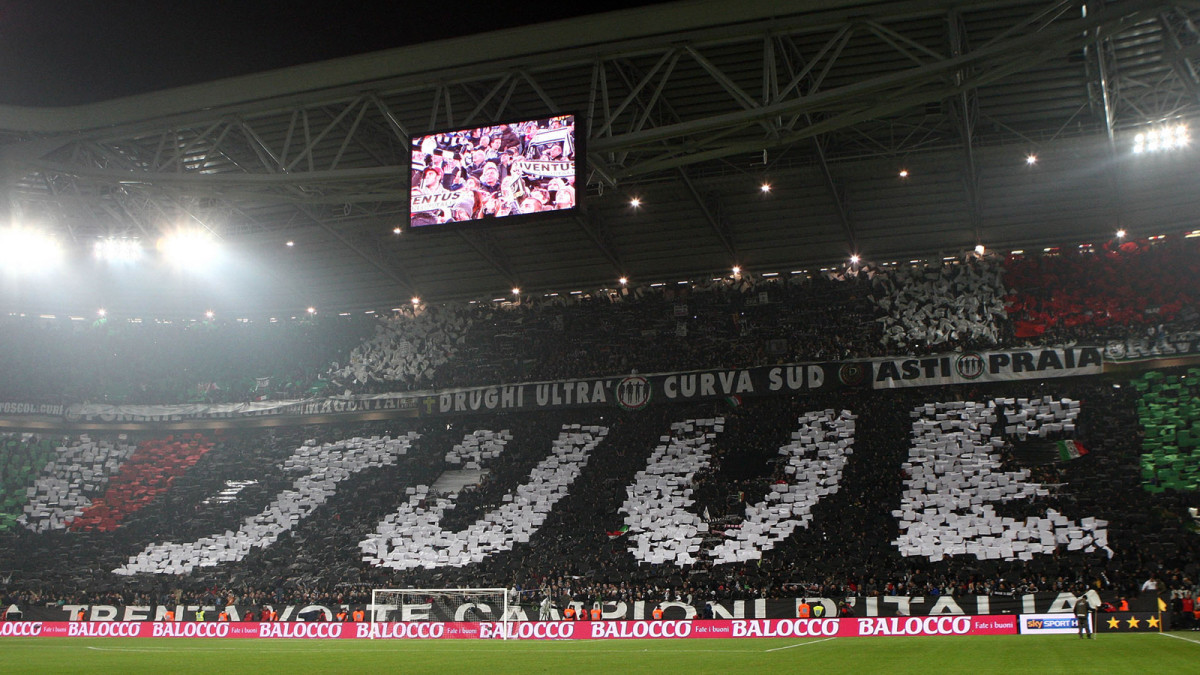
Juventus fans make a statement in Turin in a match vs. Inter Milan.
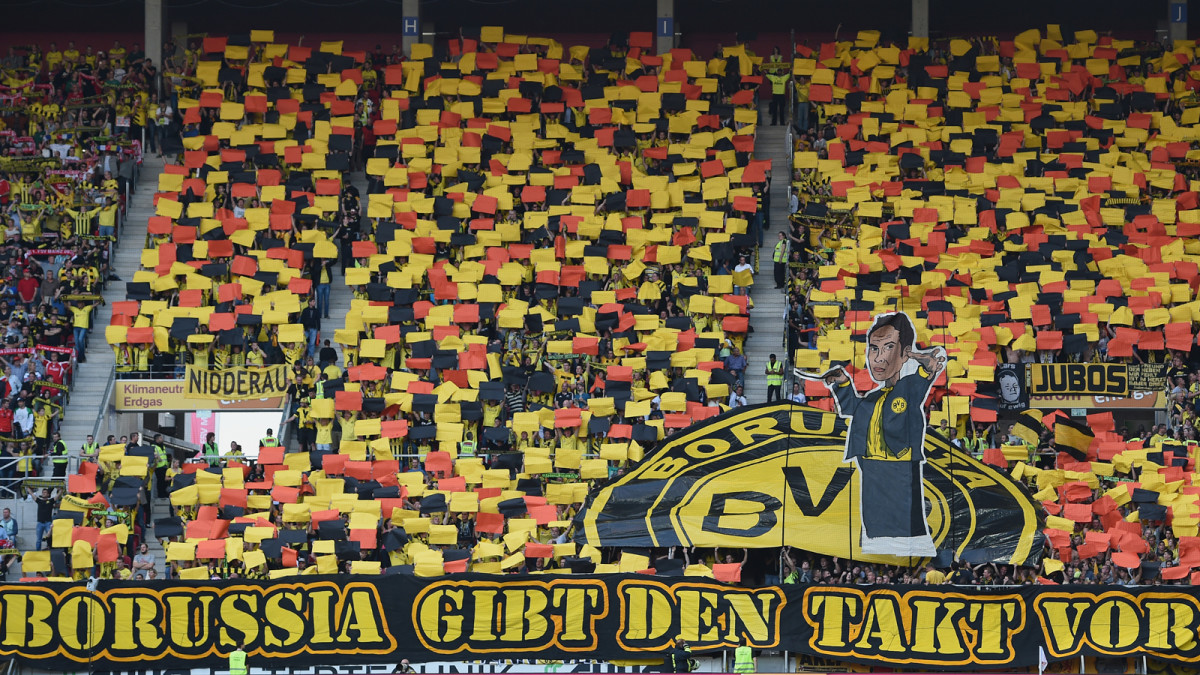
Dortmund fans put on another strong display at a Bundesliga match against Mainz 05.
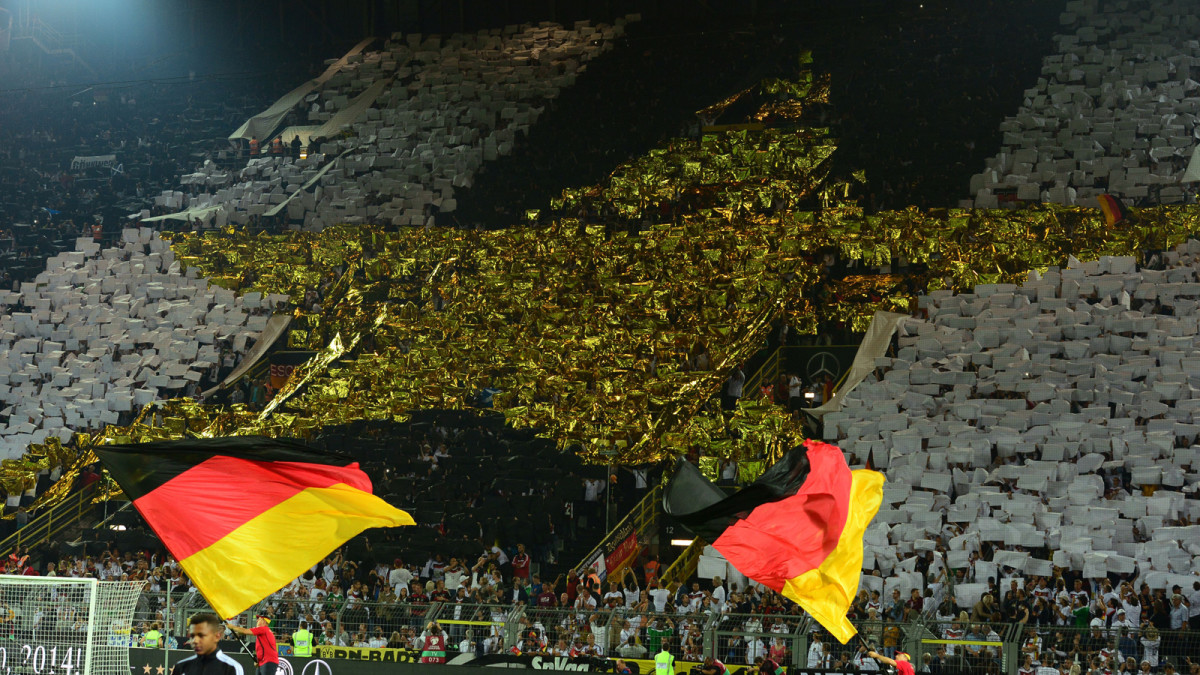
German fans boast the newest star earned by the national team, symbolizing its 2014 World Cup triumph, at a Euro 2016 qualifying match in Dortmund.
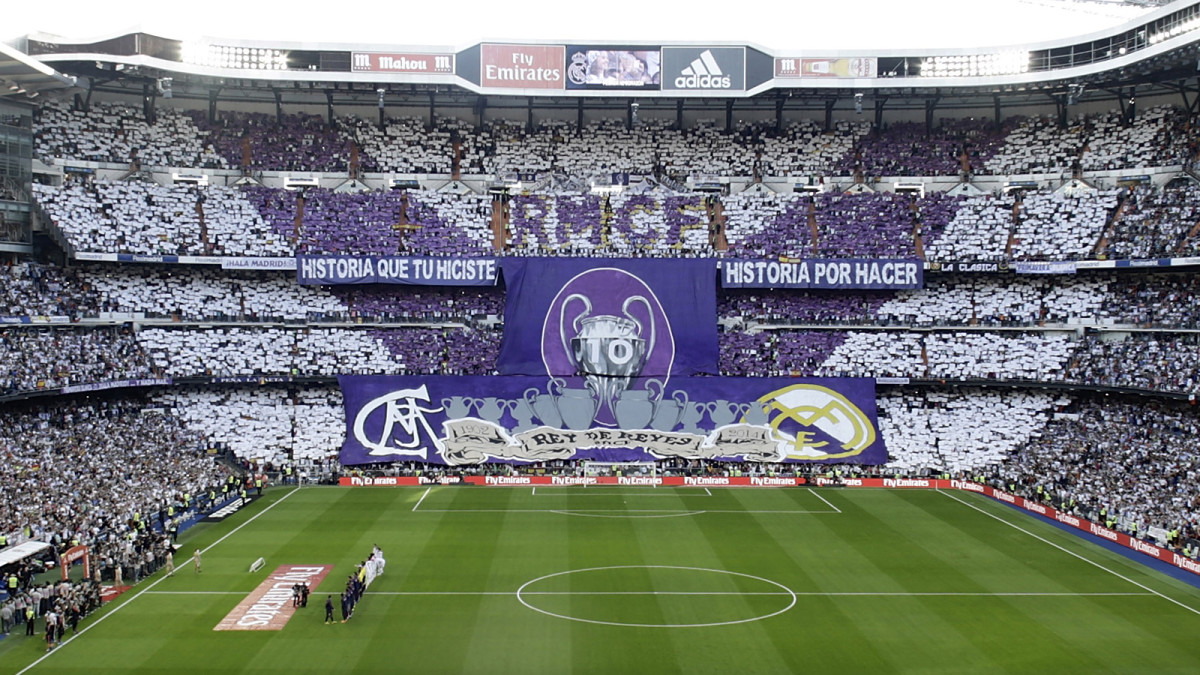
Real Madrid fans make a point to display the club's 10 European championships ahead of the October 2014 clash against rival Barcelona at the Bernabeu.
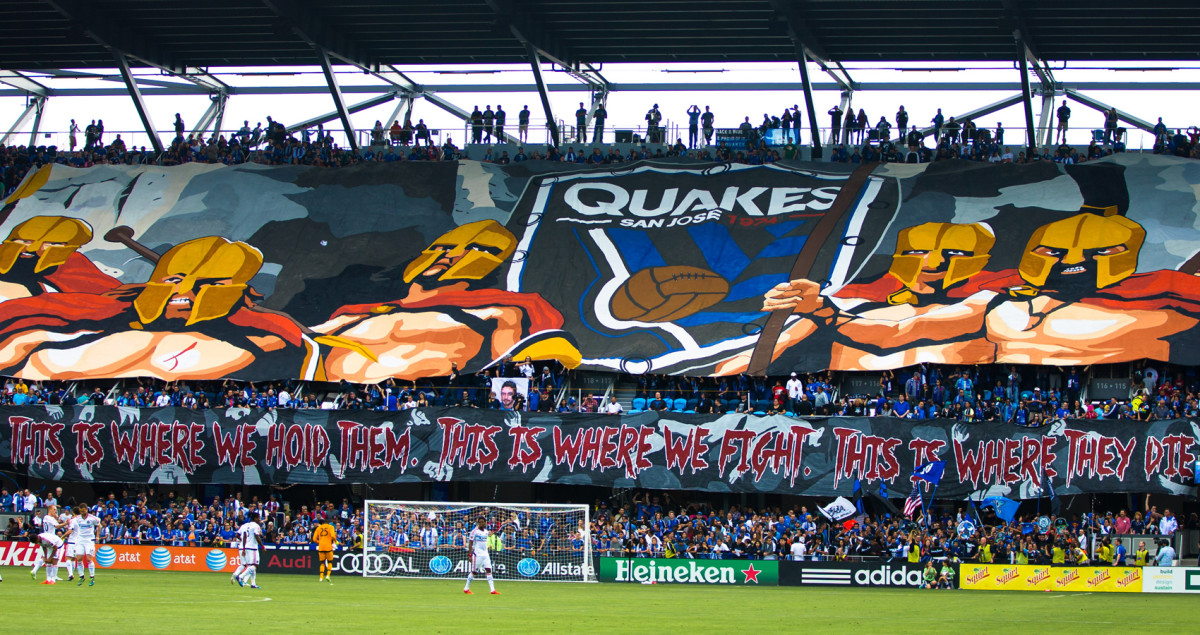
San Jose Earthquakes fans unleash a massive tifo to mark the opening of Avaya Stadium, MLS's newest soccer-specific venue, in March 2015.

Barcelona fans show all who the real 12th man is ahead of the March 2015 Clásico vs. Real Madrid.
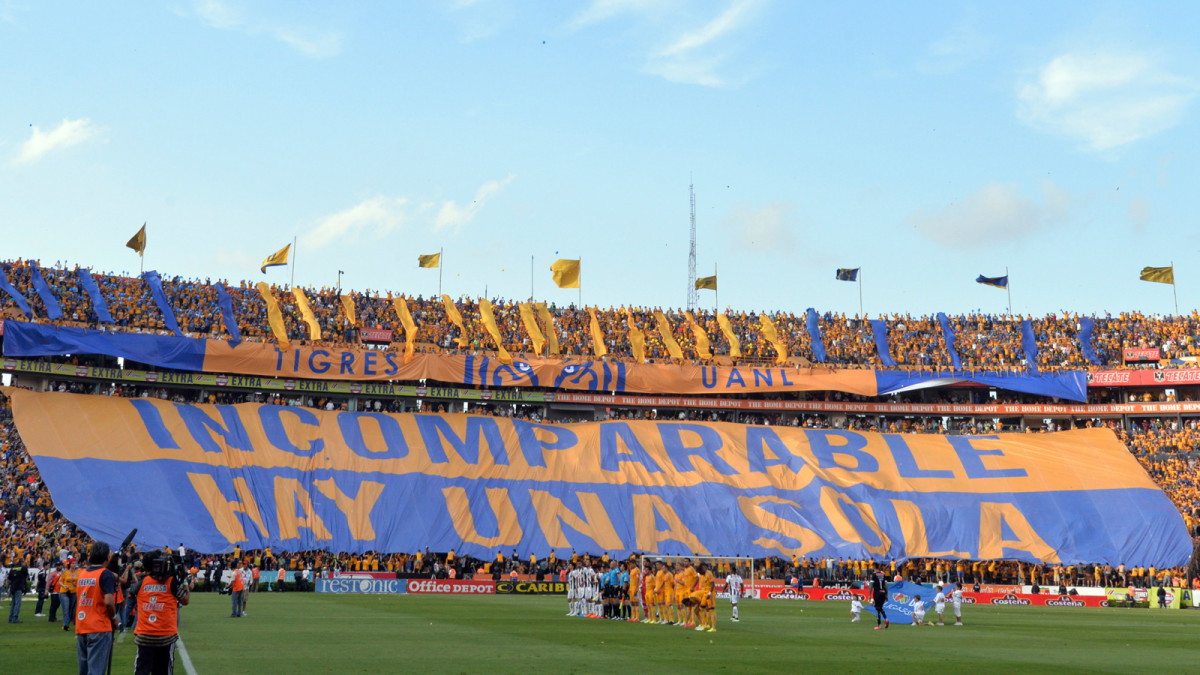
Ahead of a clash with Mexican foe Monterrey, Tigres players are treated by this message by its fervent supporters.
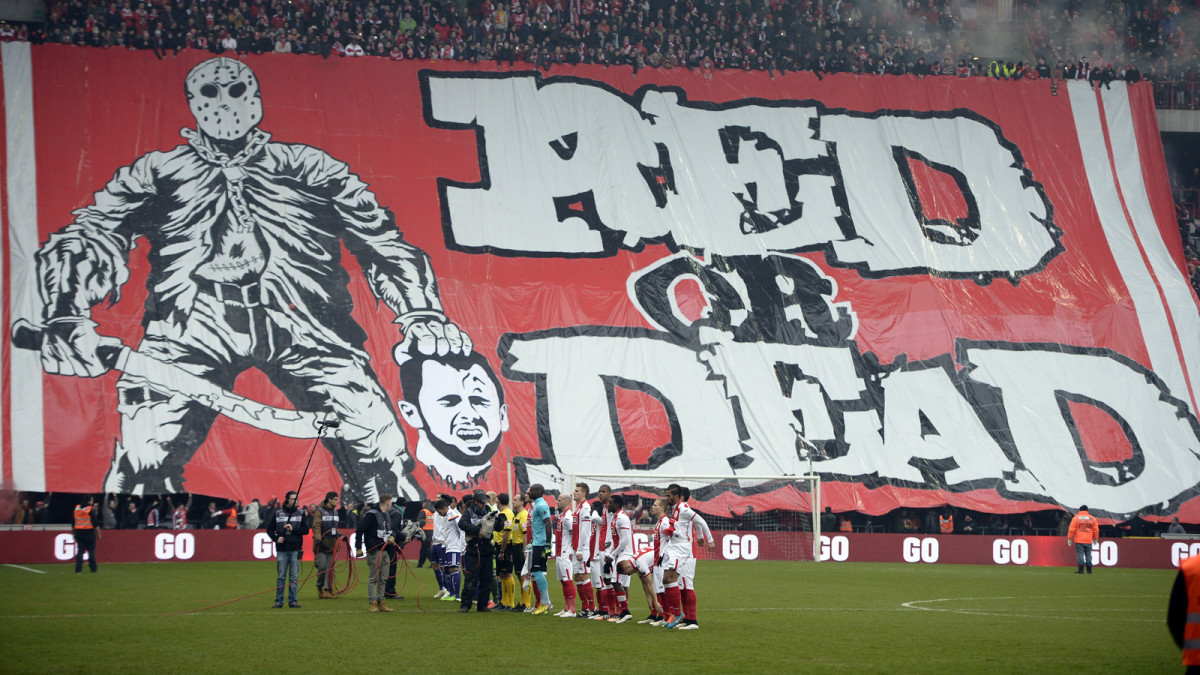
Standard Liege fans have a pointed message for Steven Defour, who departed the club for Belgian rival Anderlecht.
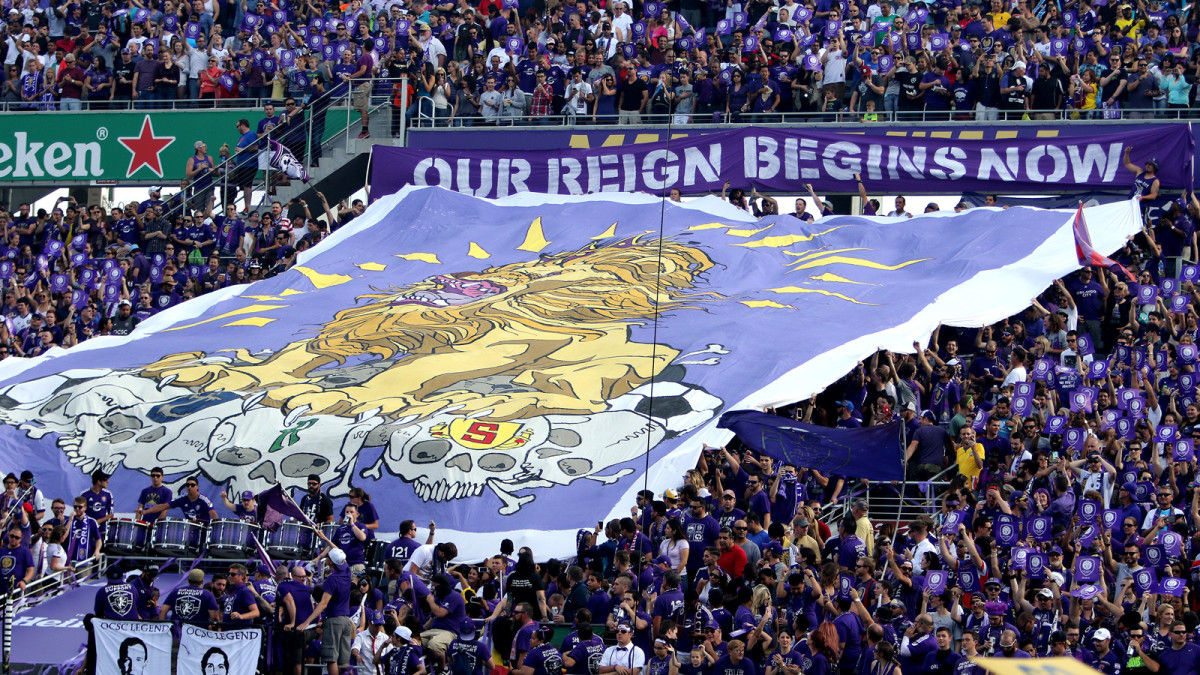
Orlando City fans mark their club's inaugural MLS game vs. fellow expansion side New York City FC with a statement that the Lions' "reign begins now."
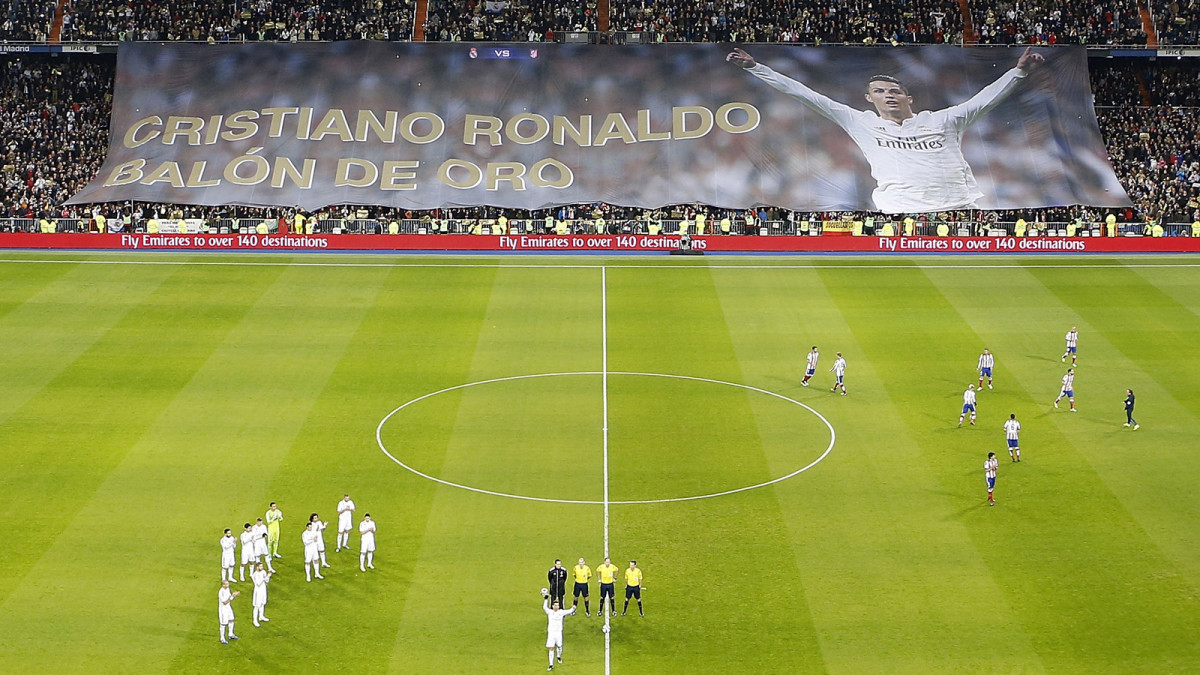
Real Madrid fans salute Ballon d'Or winner Cristiano Ronaldo after he captured the most prestigious individual prize in world soccer again.
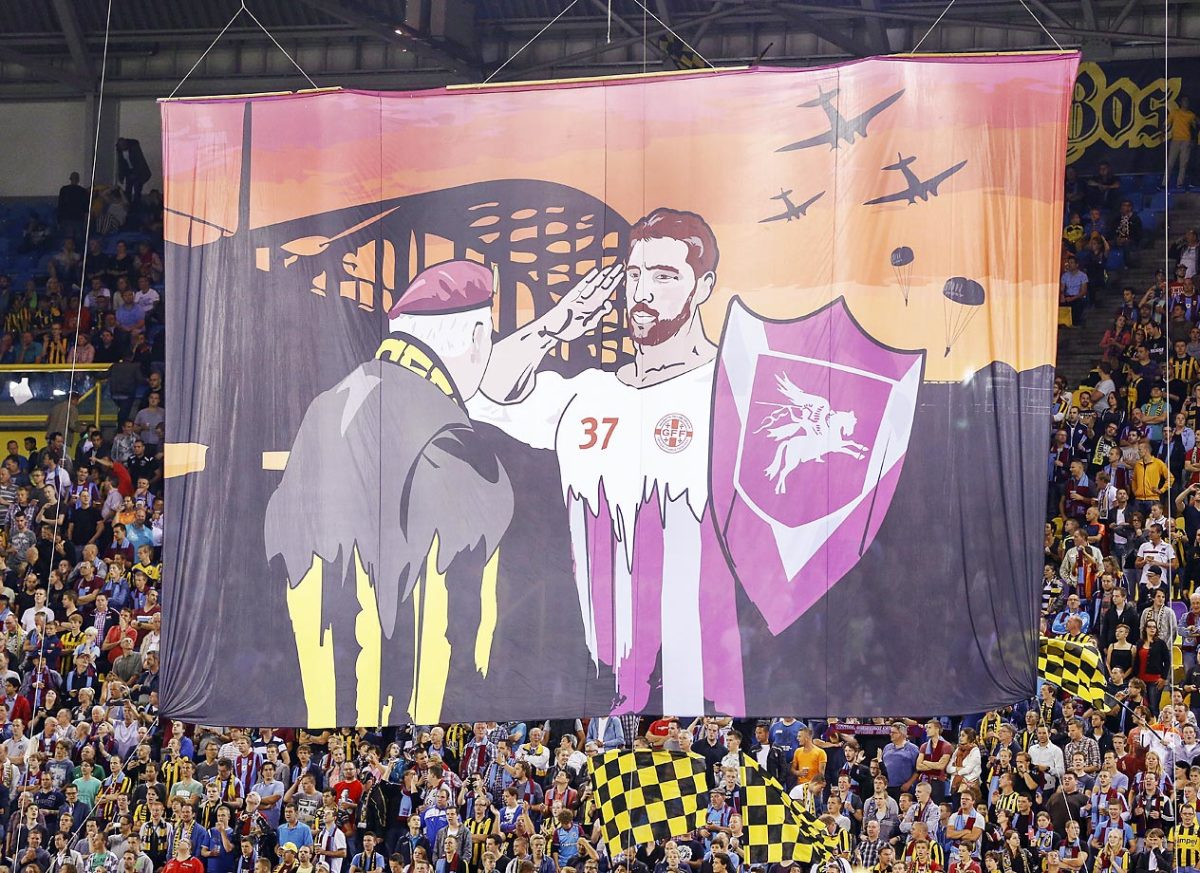
Vitesse fans pay homage to Operation Market Garden ahead of an Eredivisie match against SC Heerenveen.
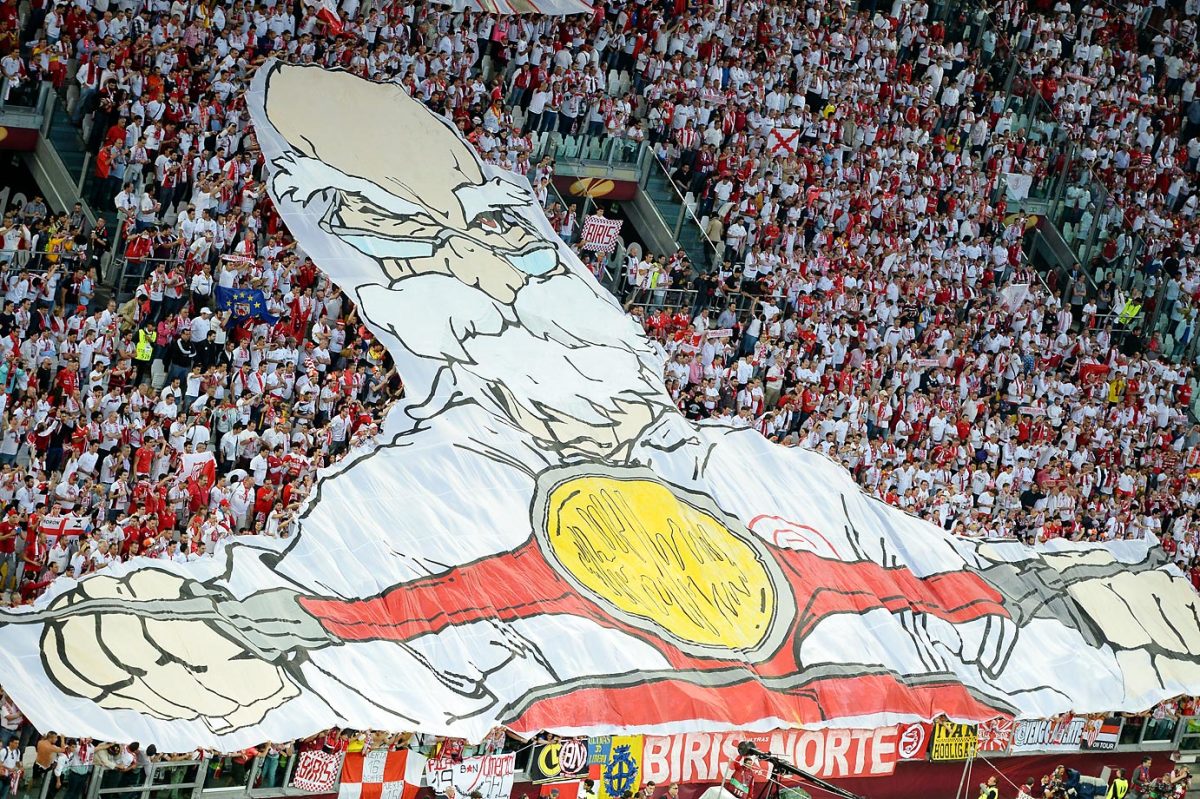
Sevilla's fans deploy a giant banner in the stands before the UEFA Europa league final match between Benfica and Sevilla.
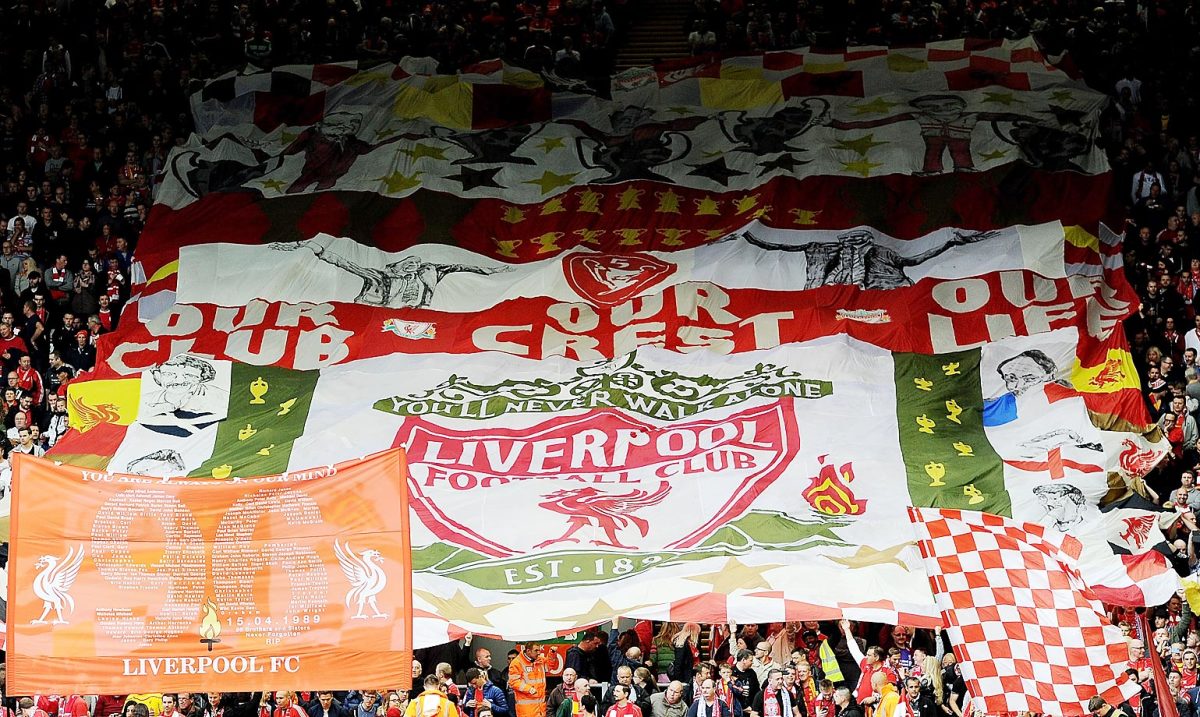
Fans in Liverpool’s Kop End at Anfield commemorate those lost in the Hillsborough disaster.
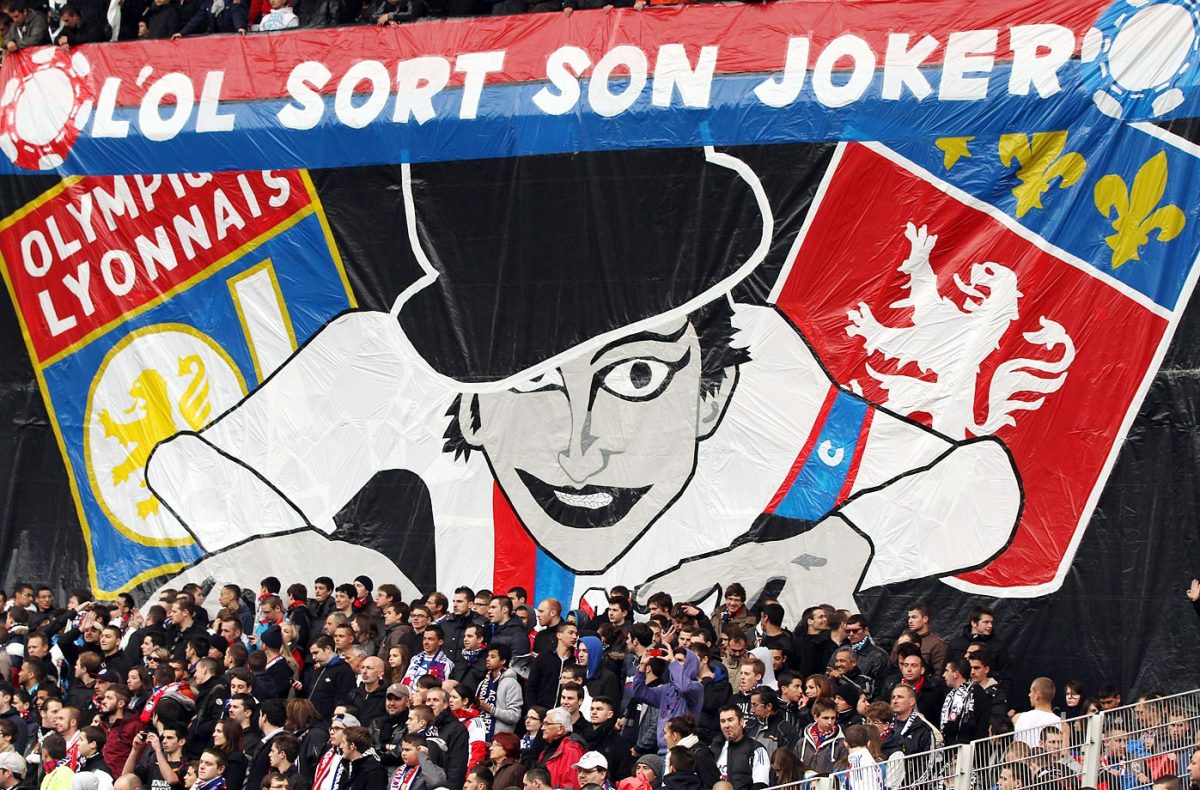
Lyon fans during a game against Saint Etienne.
James Young is a Brazil-based journalist and contributor to SI.com. He can be followed on Twitter at @seeadarkness.
